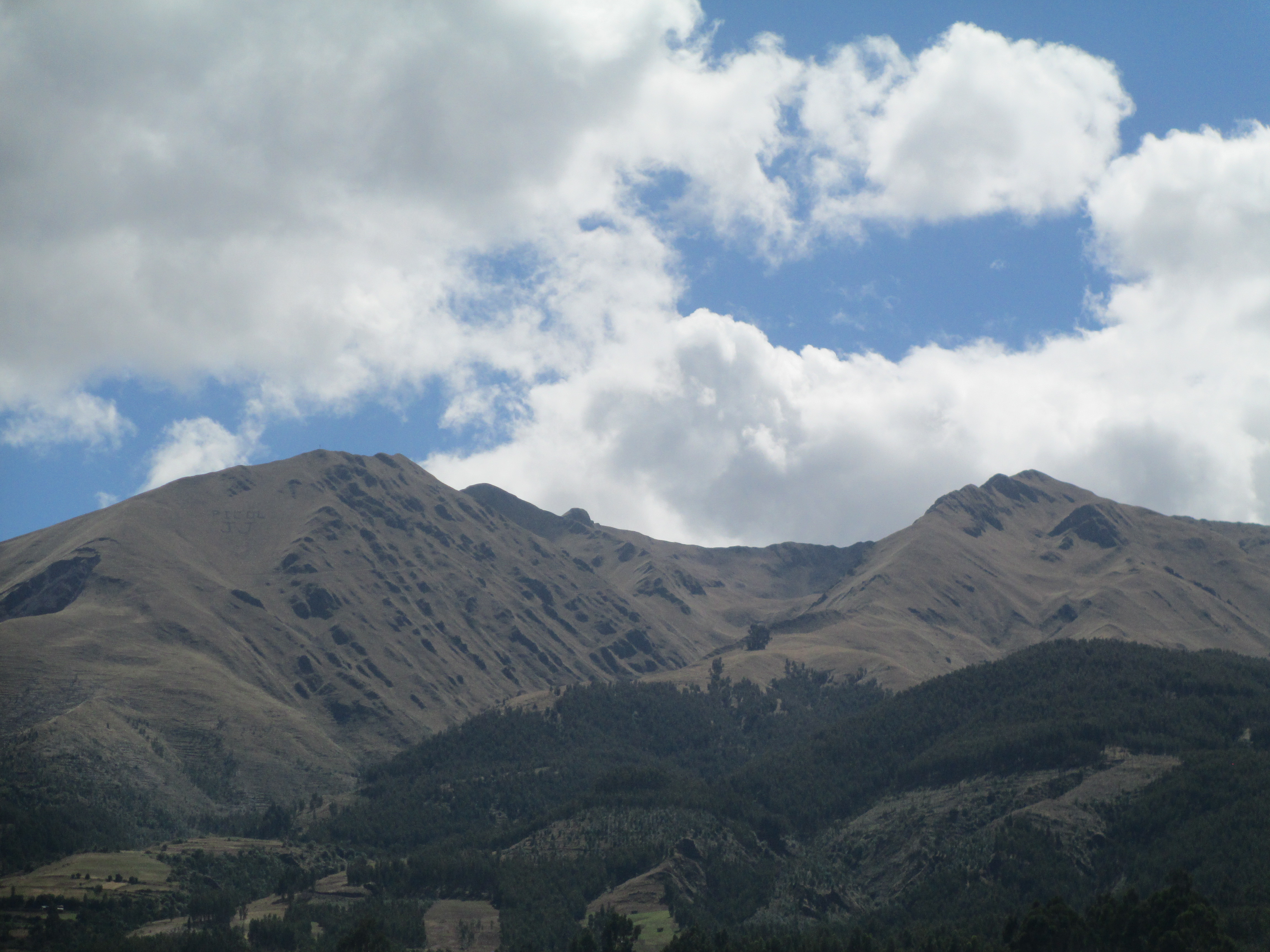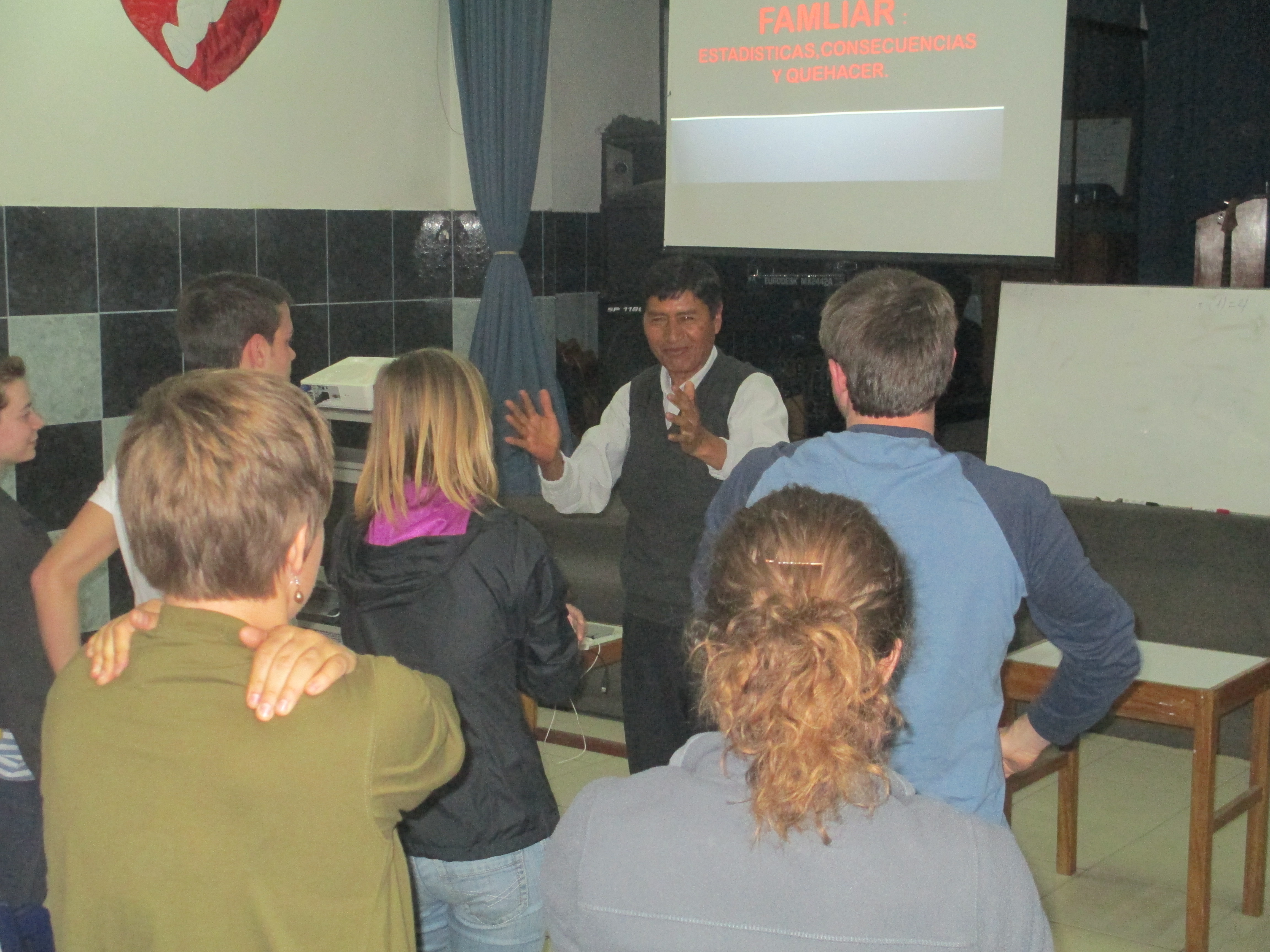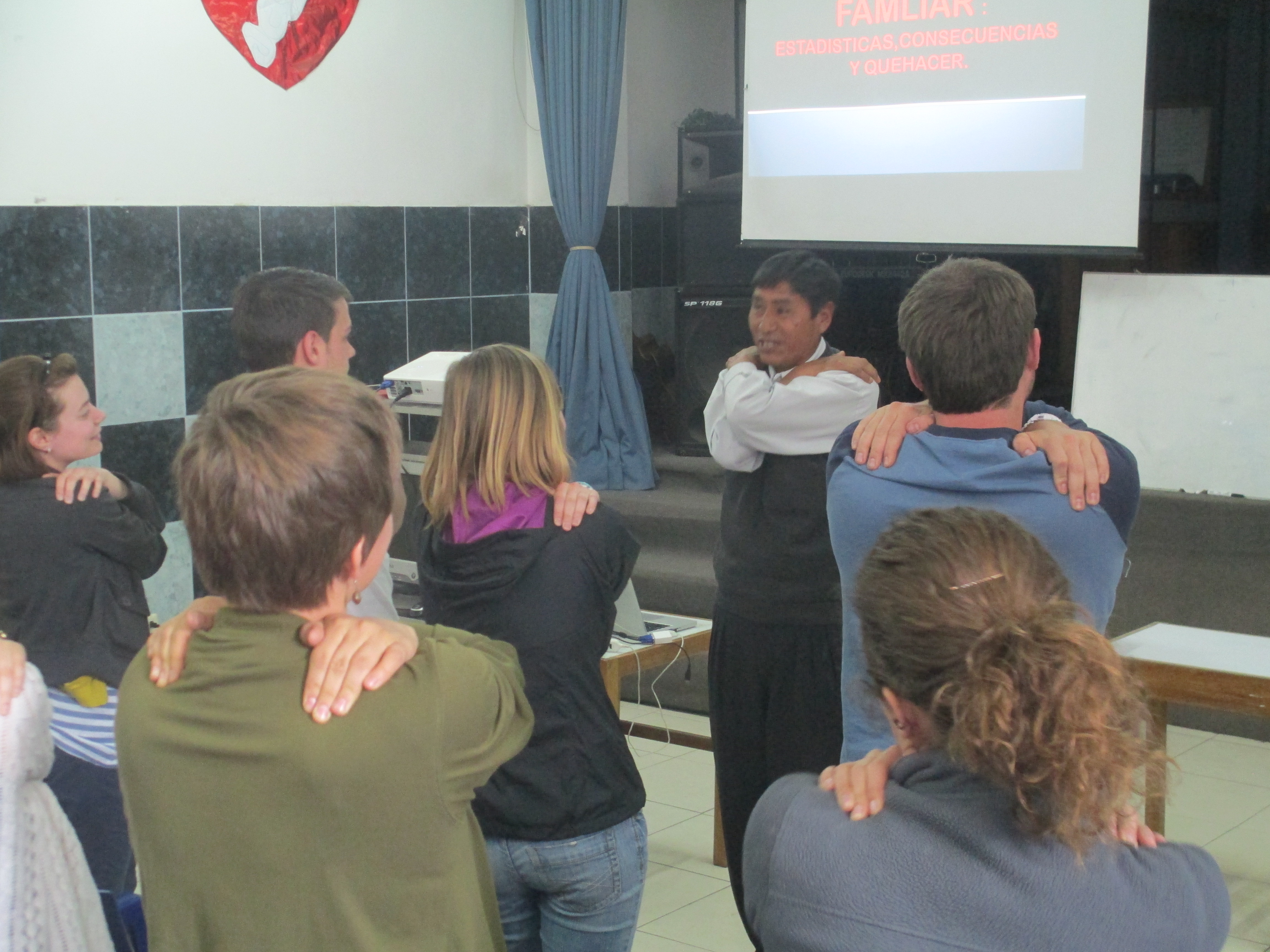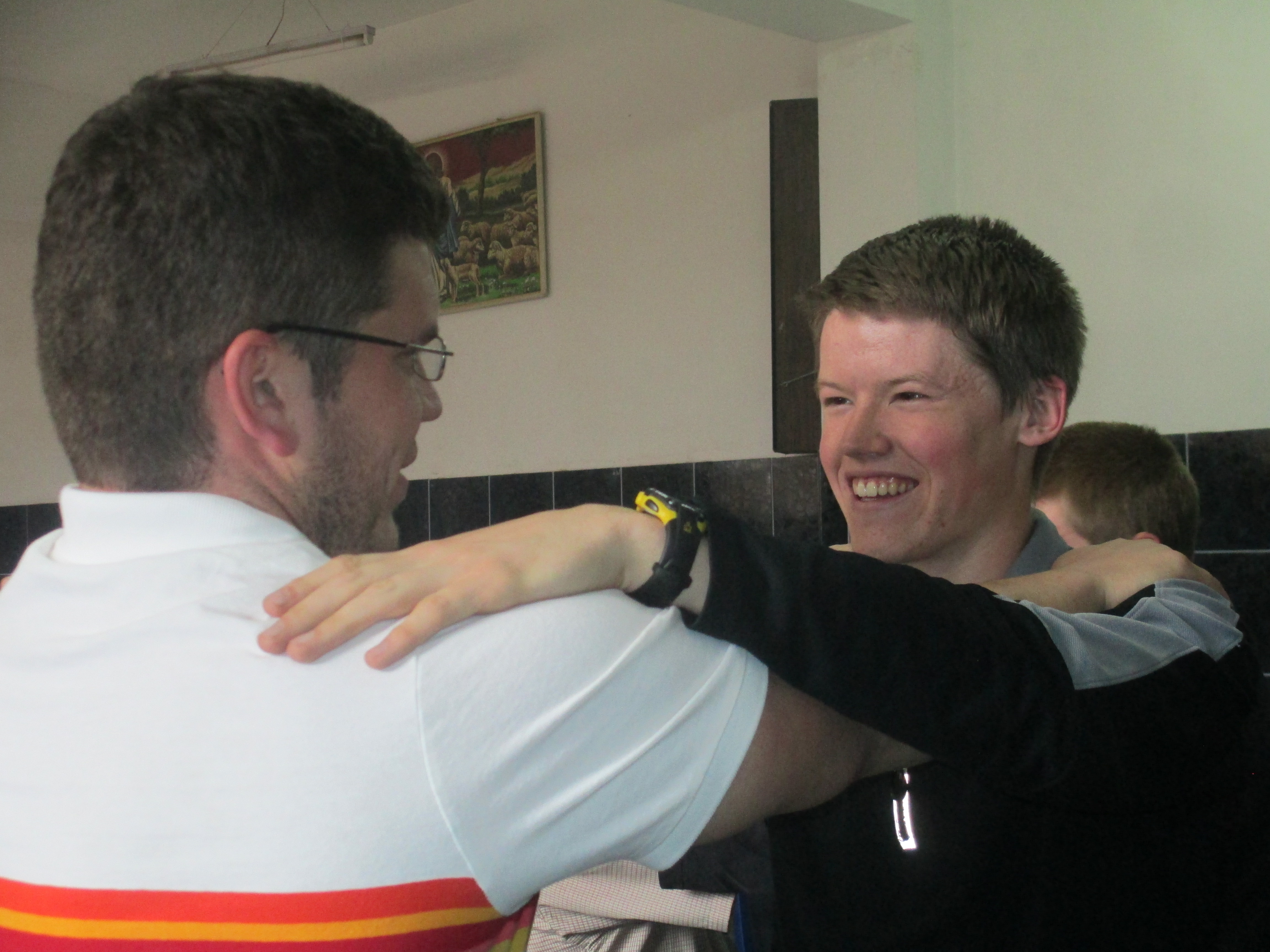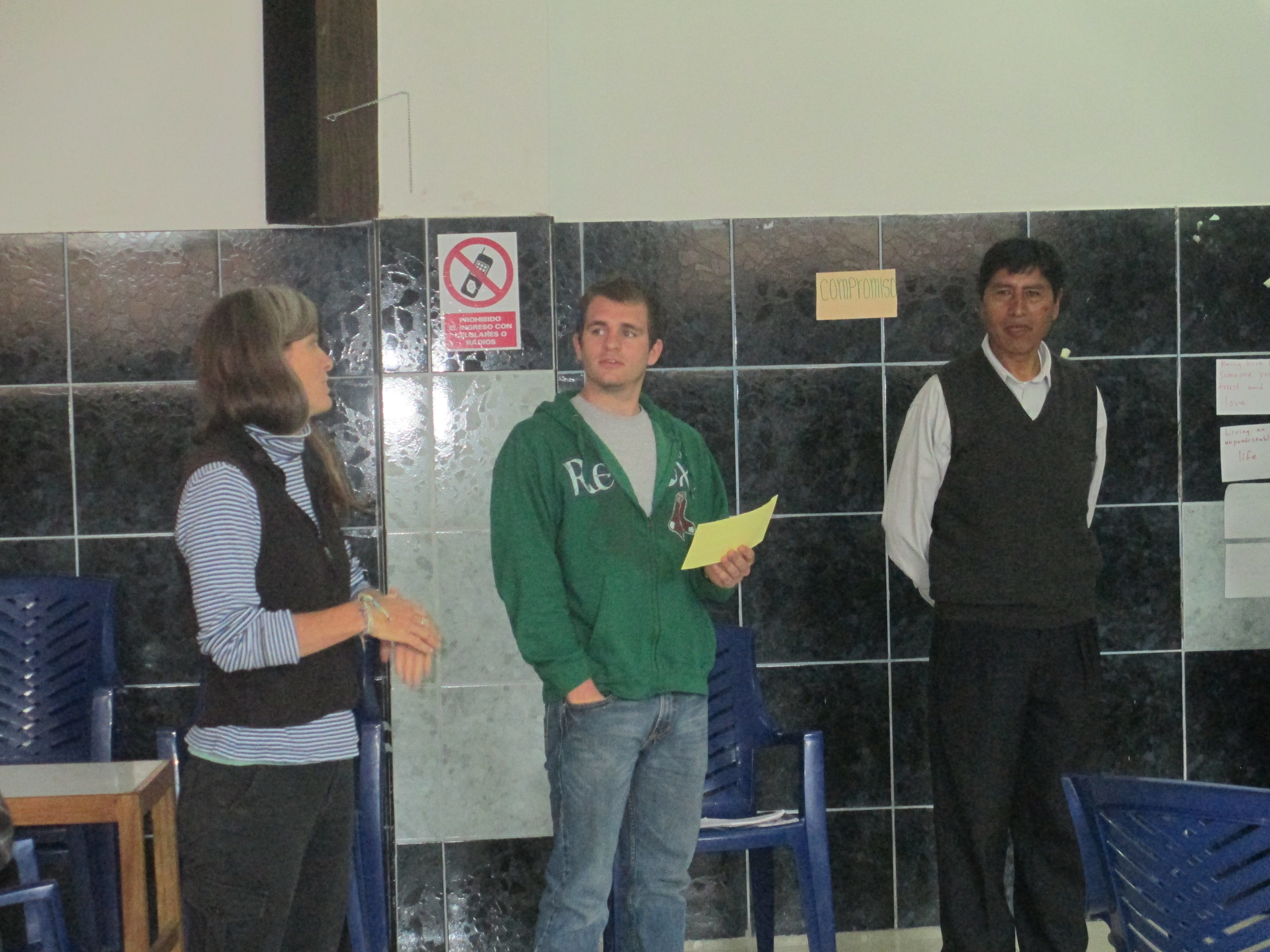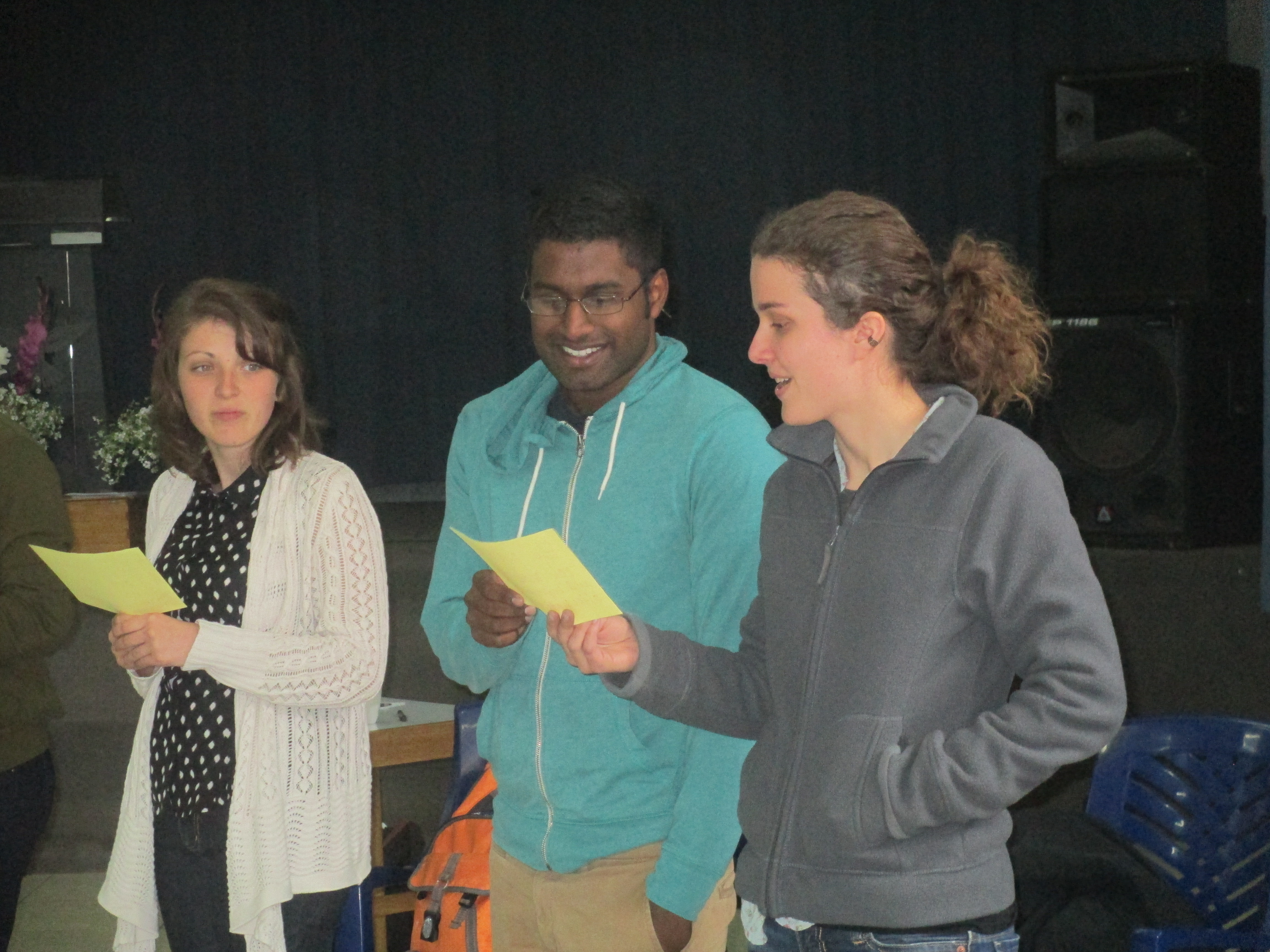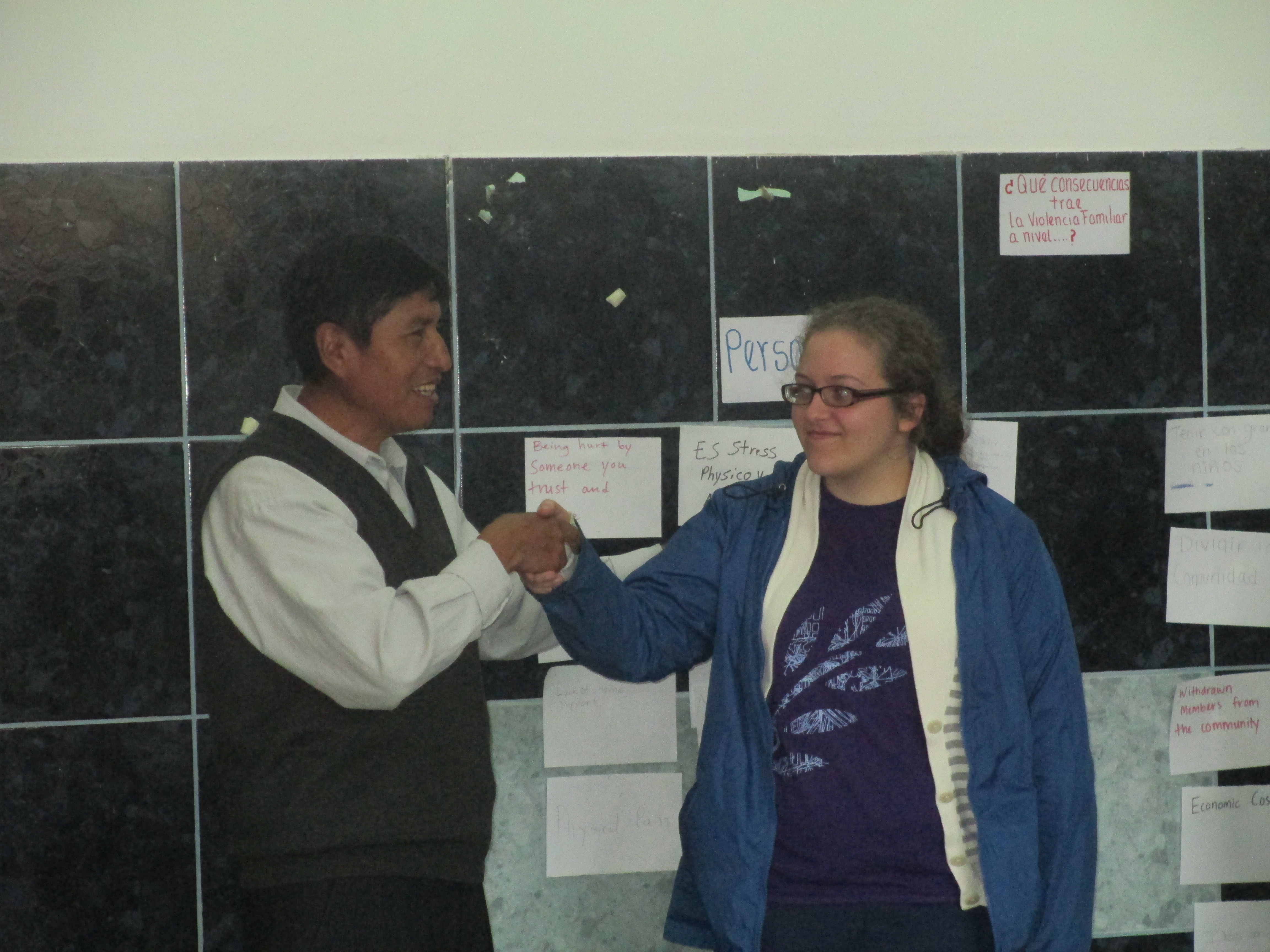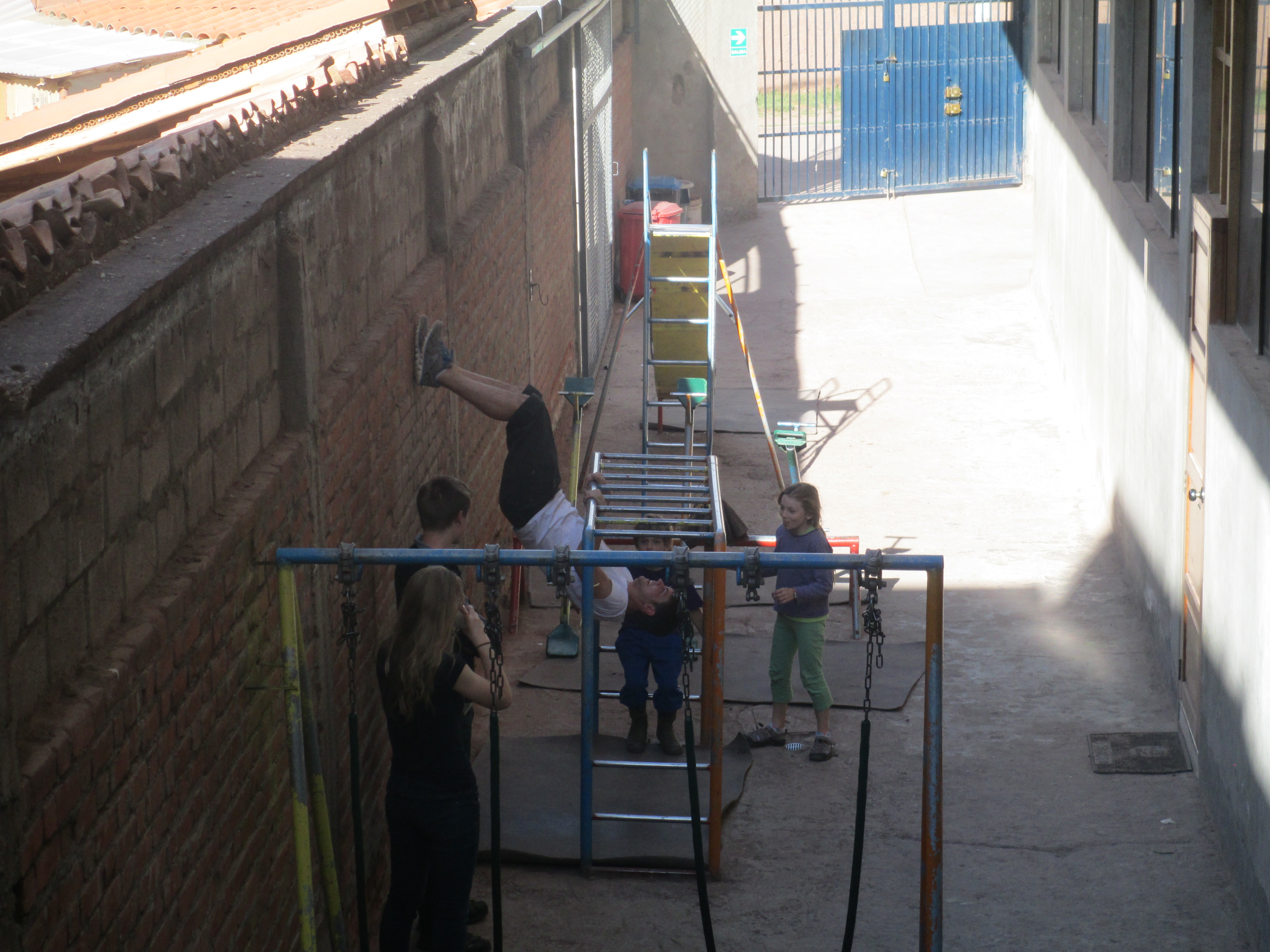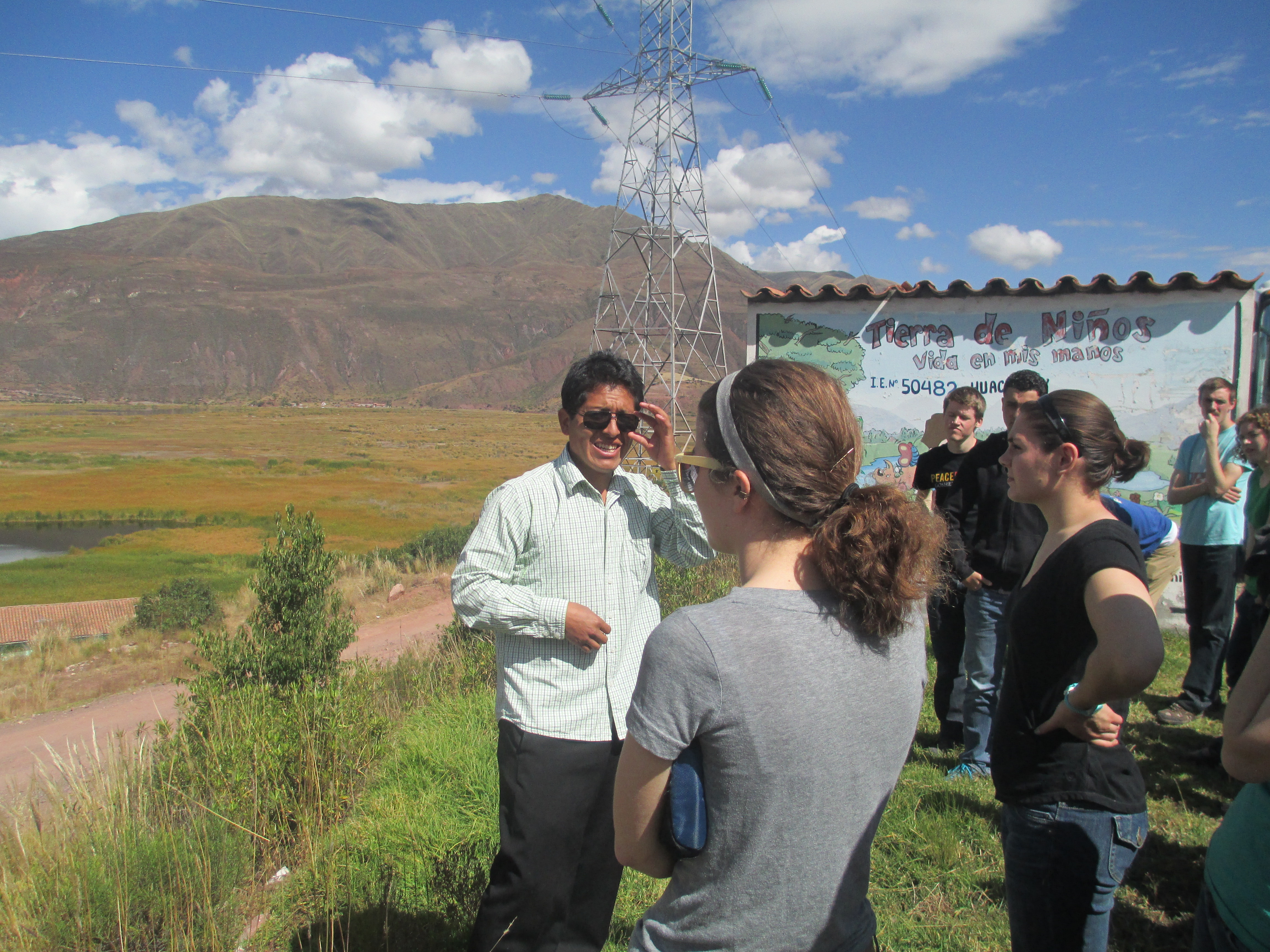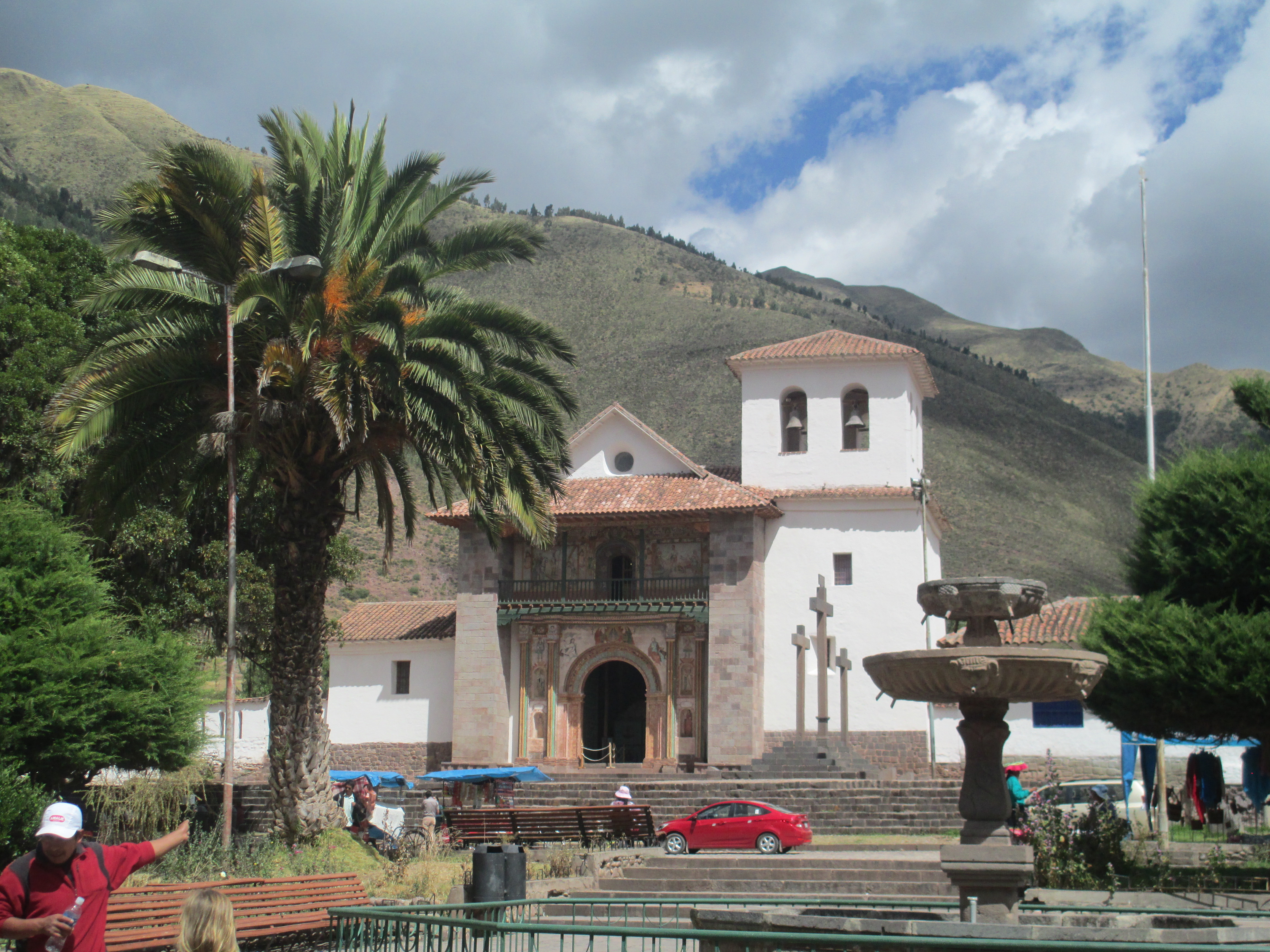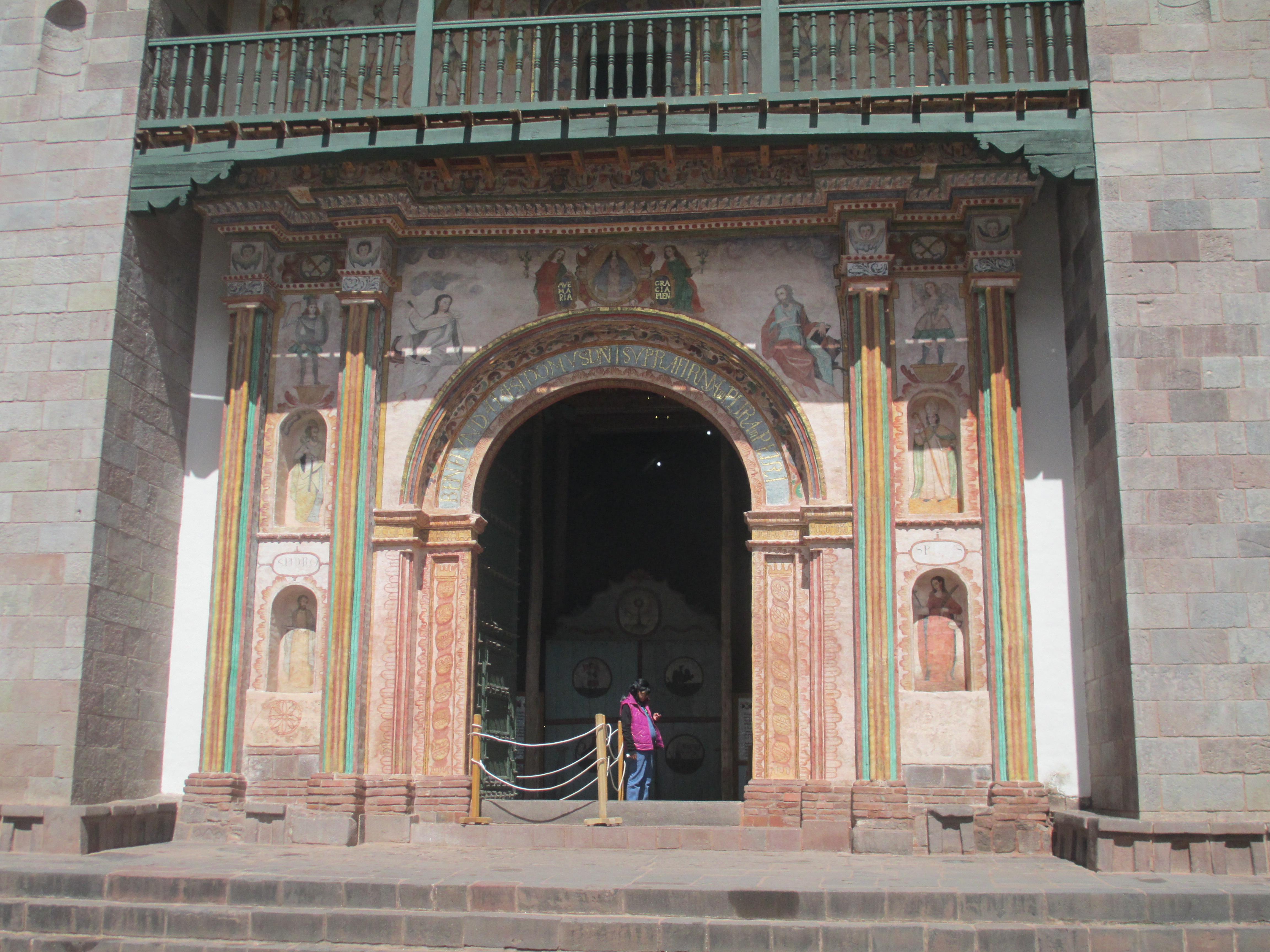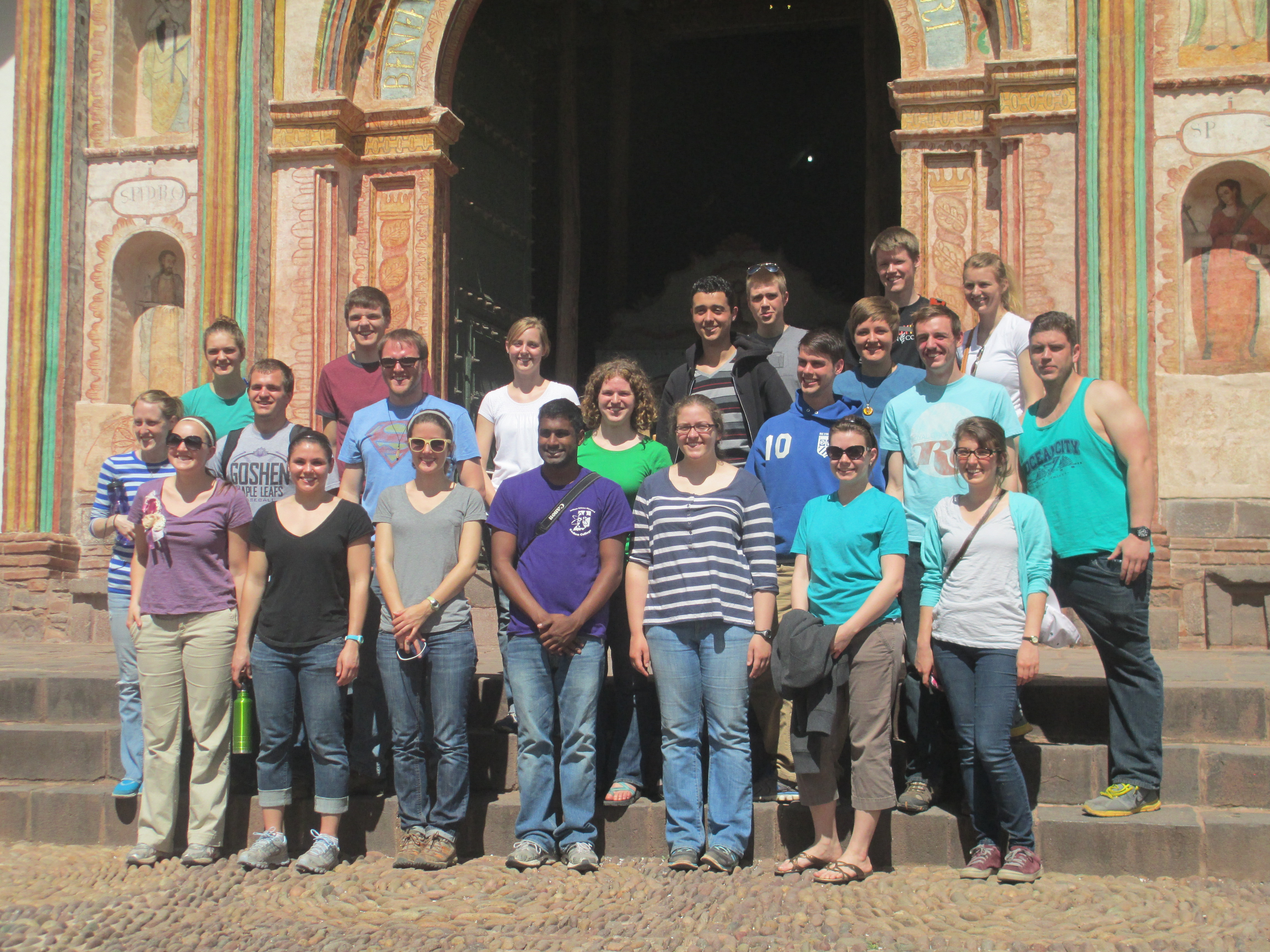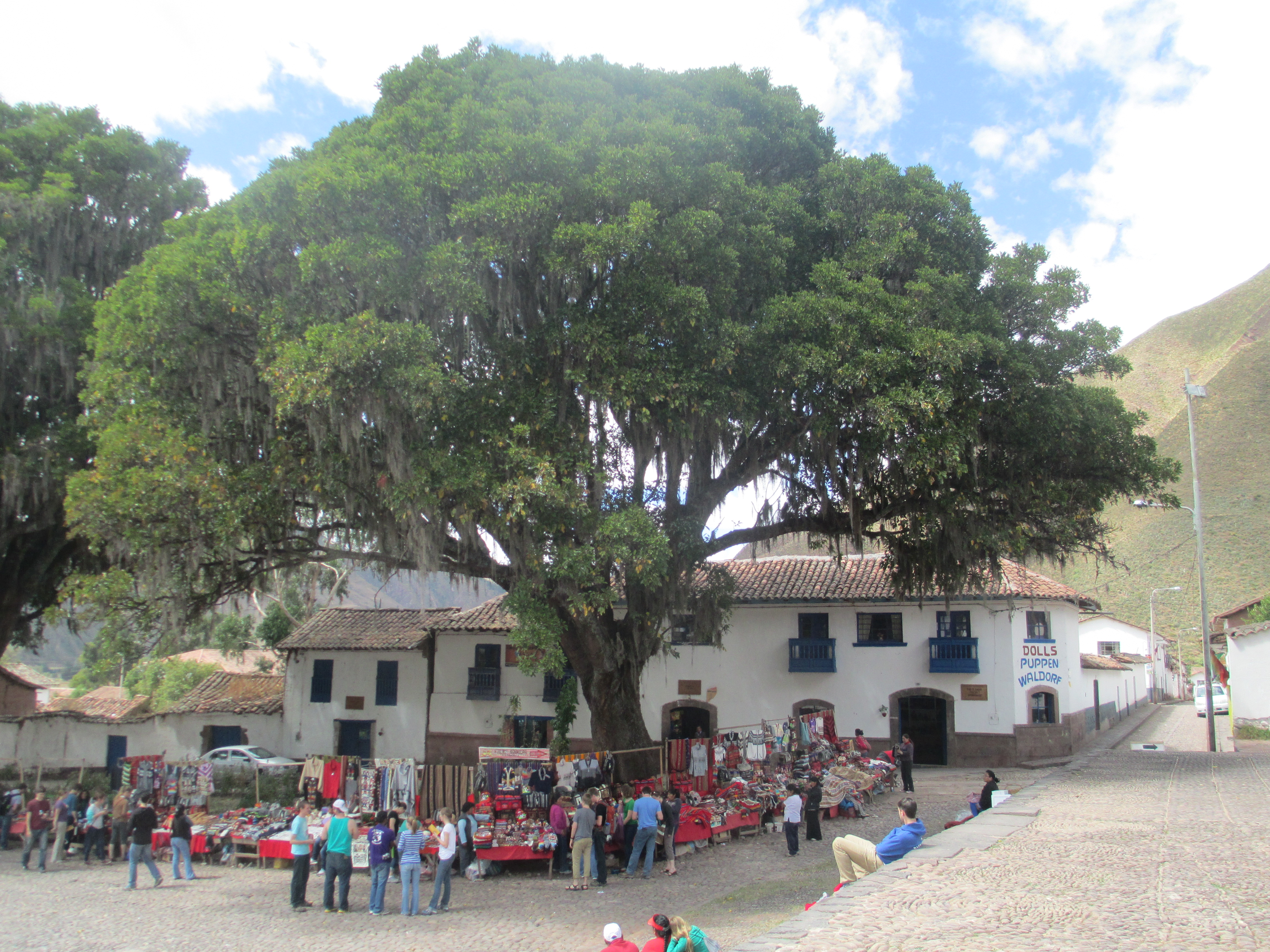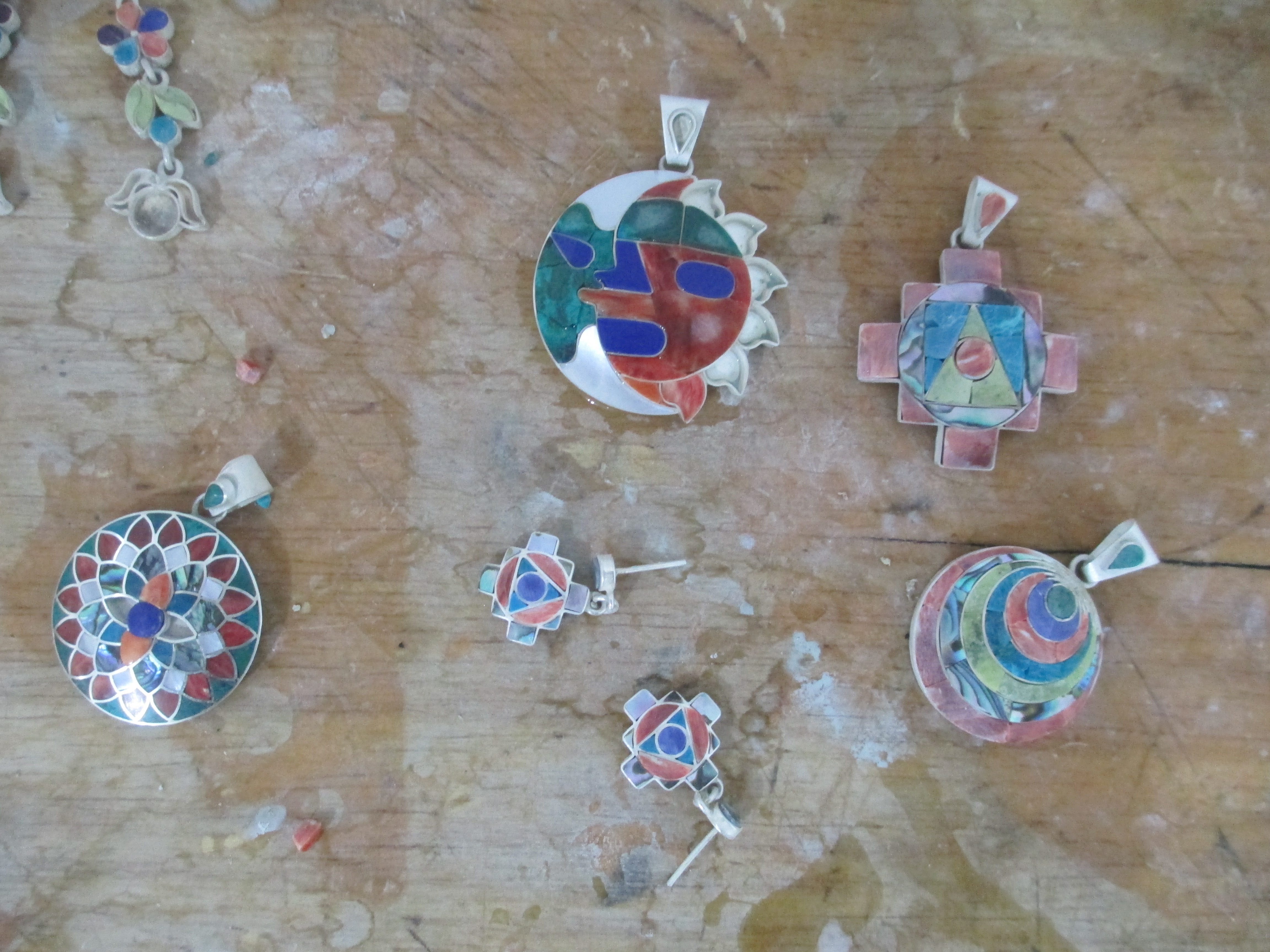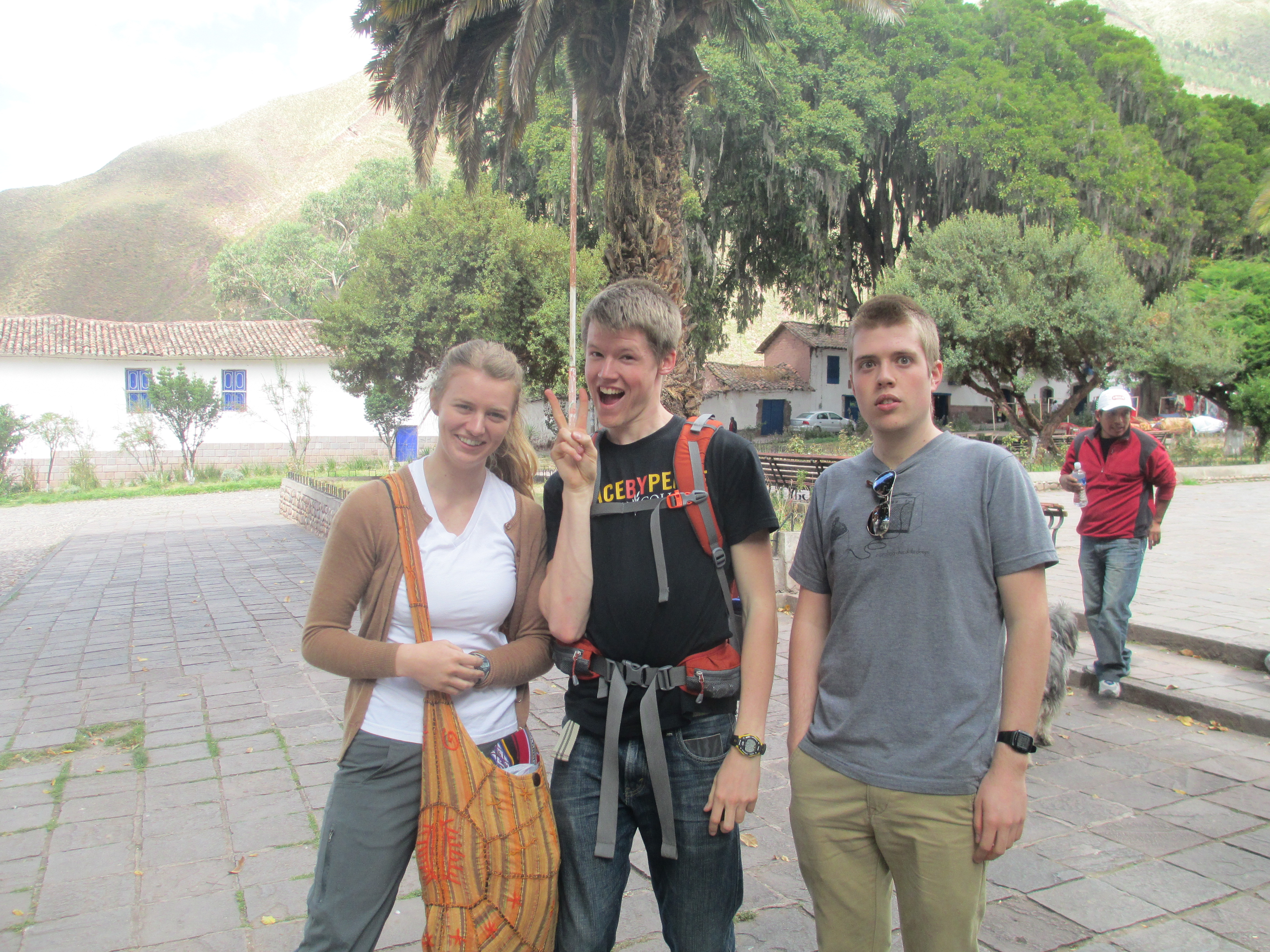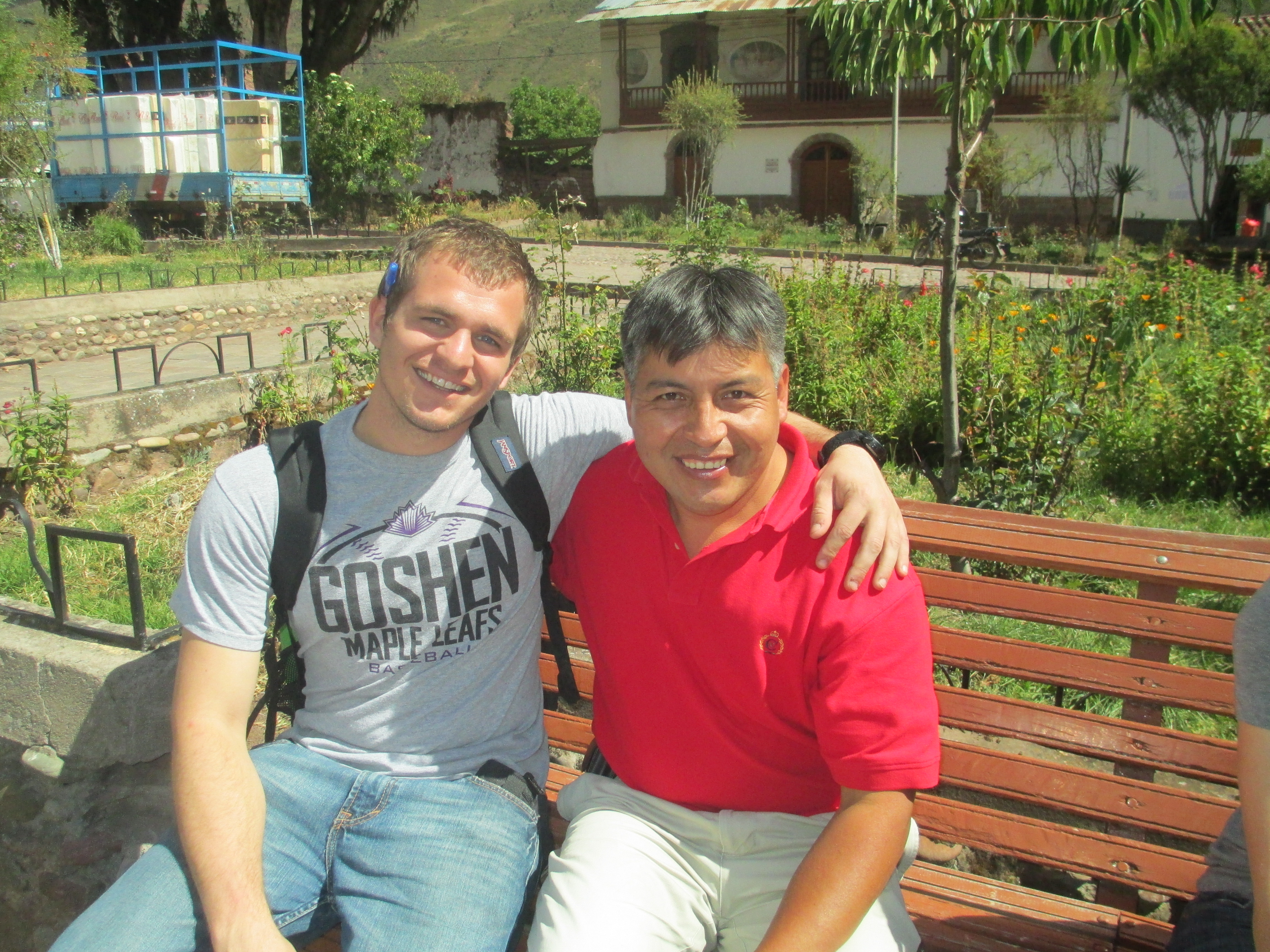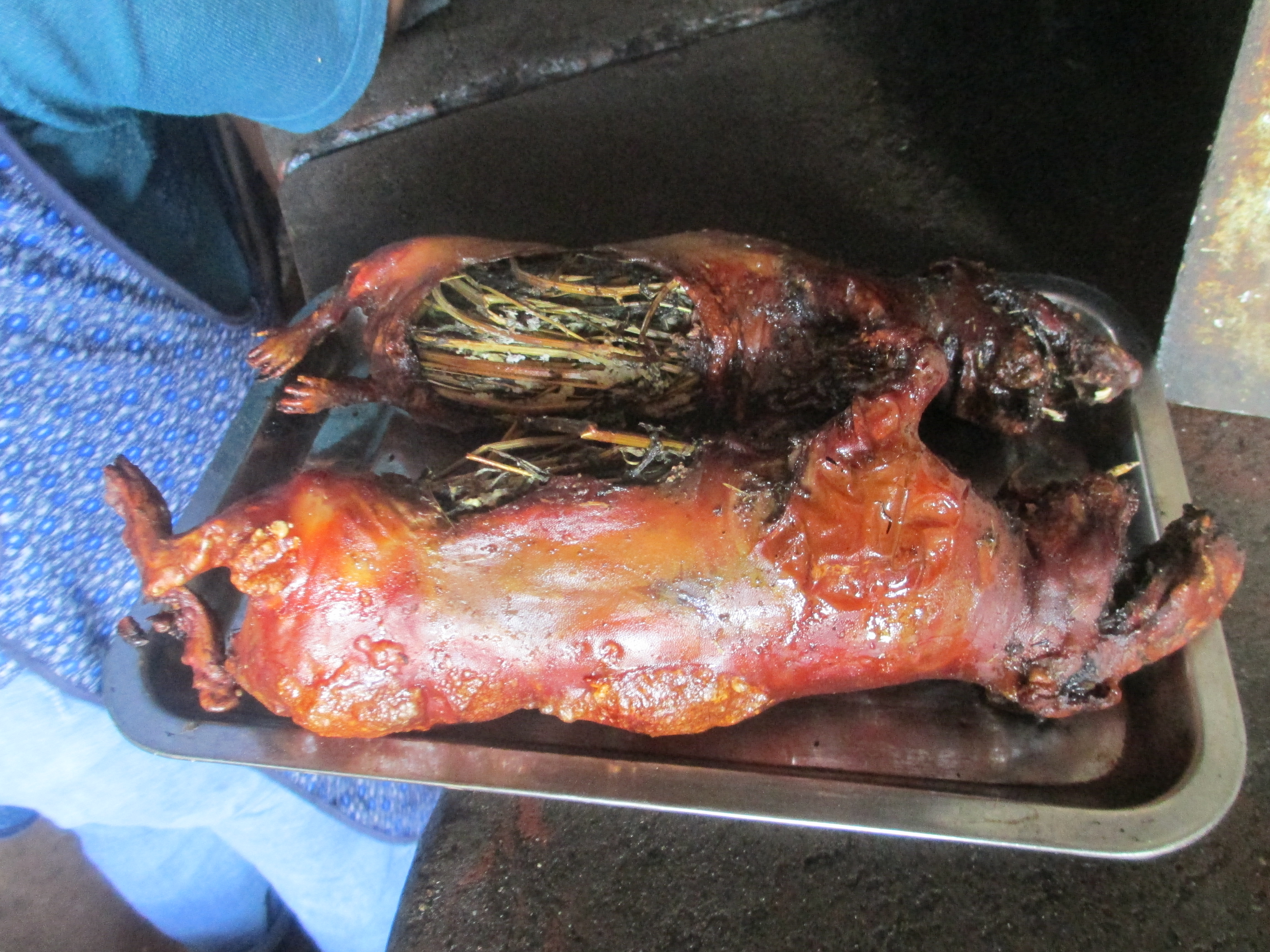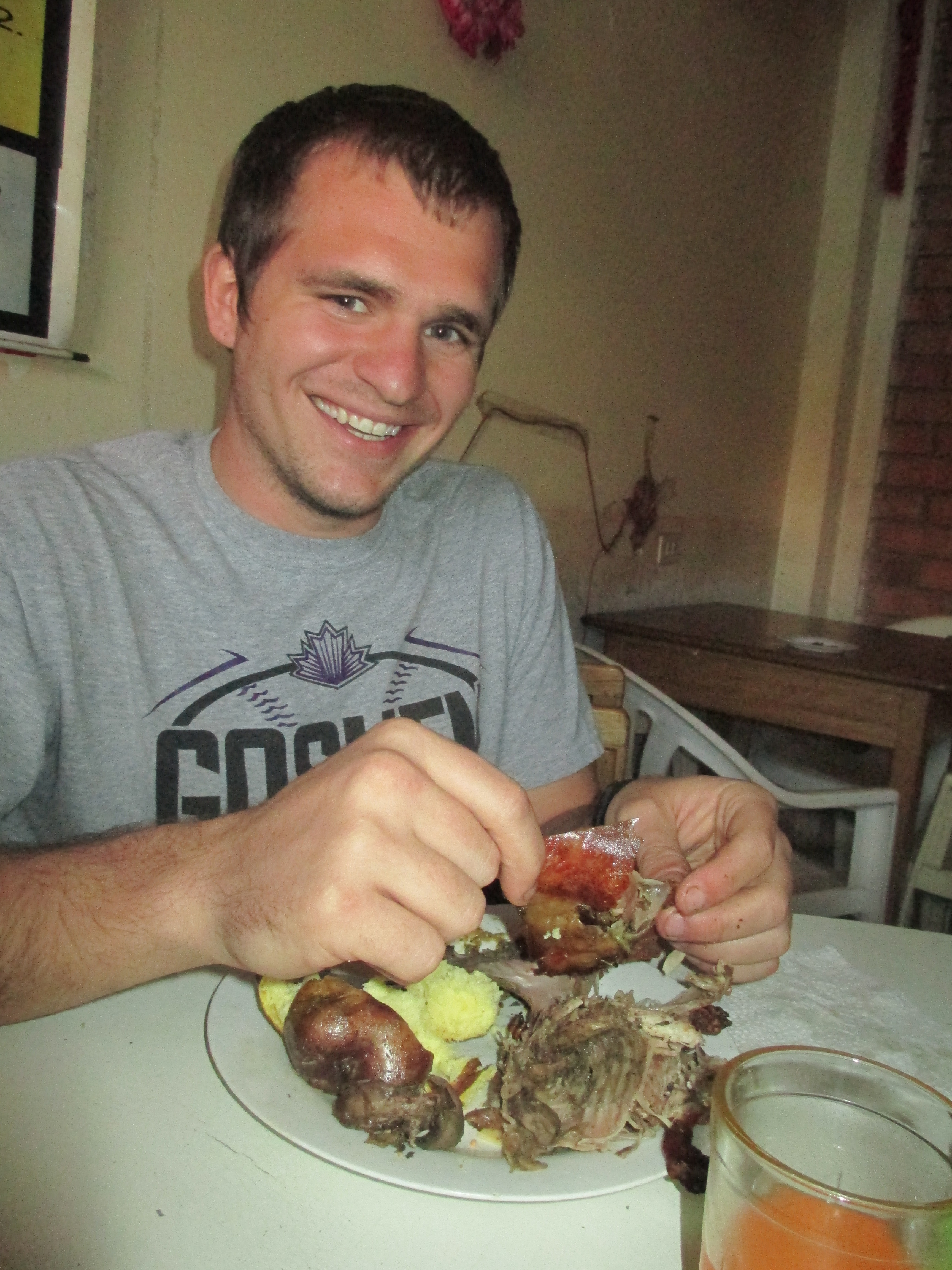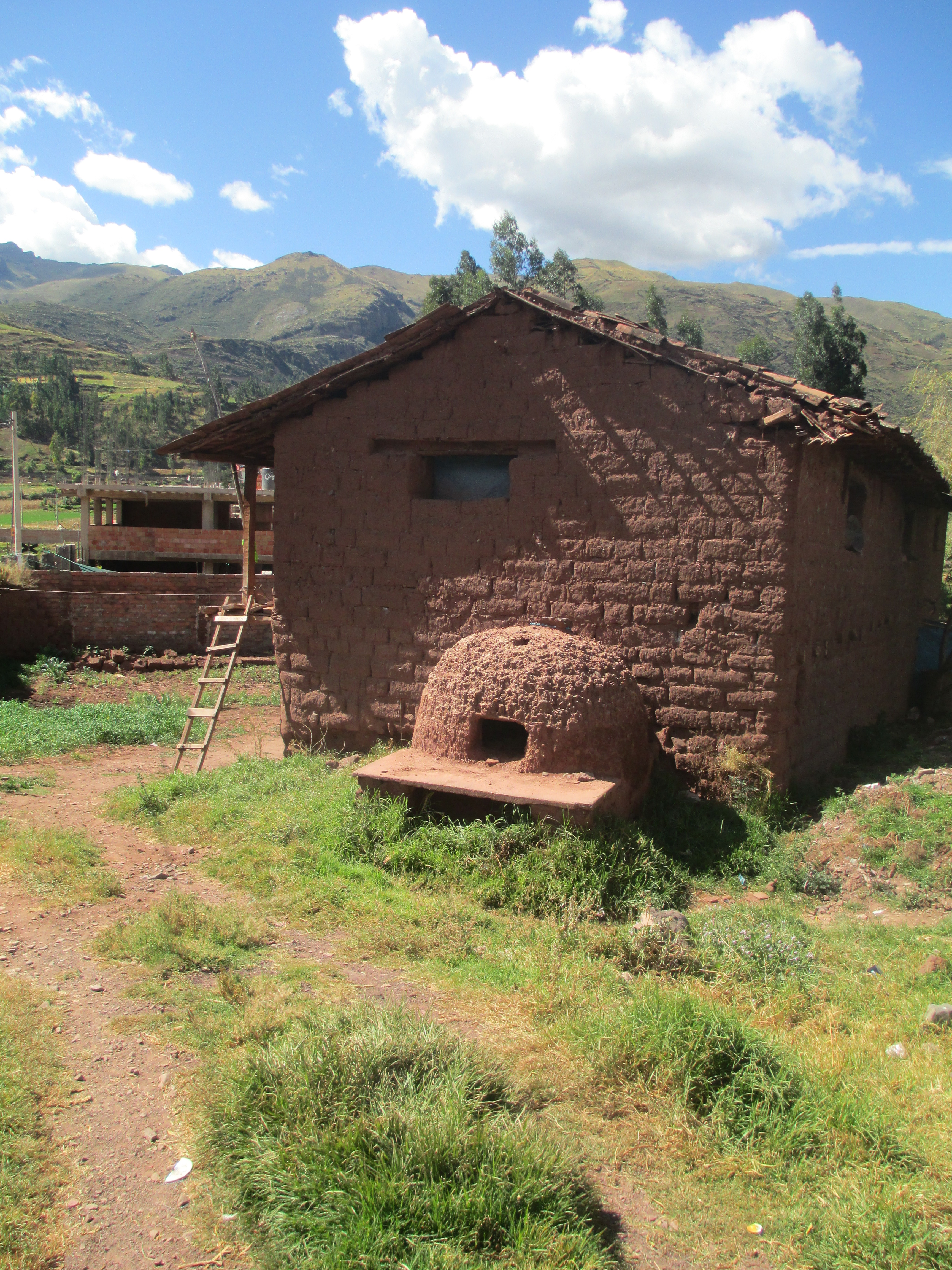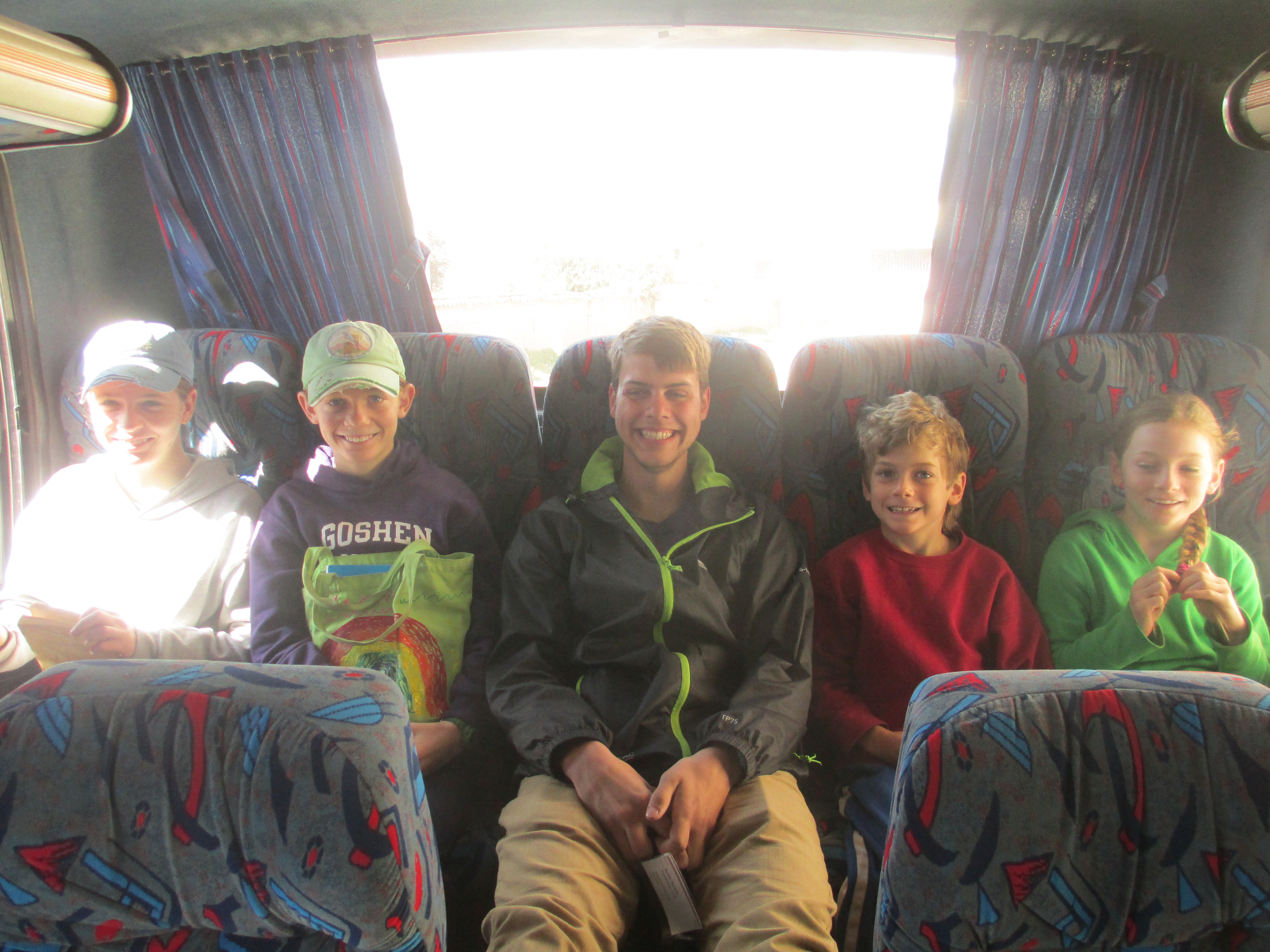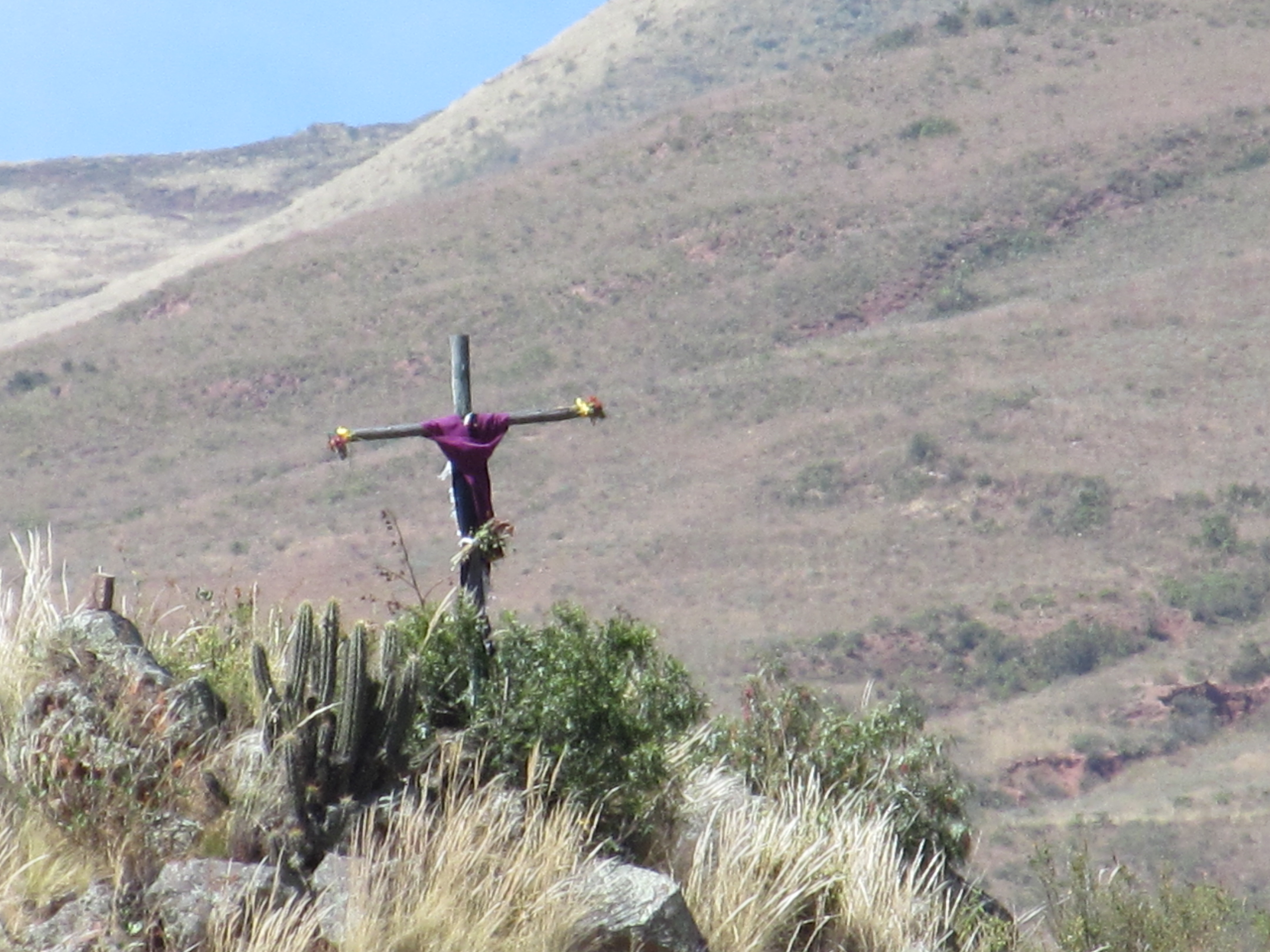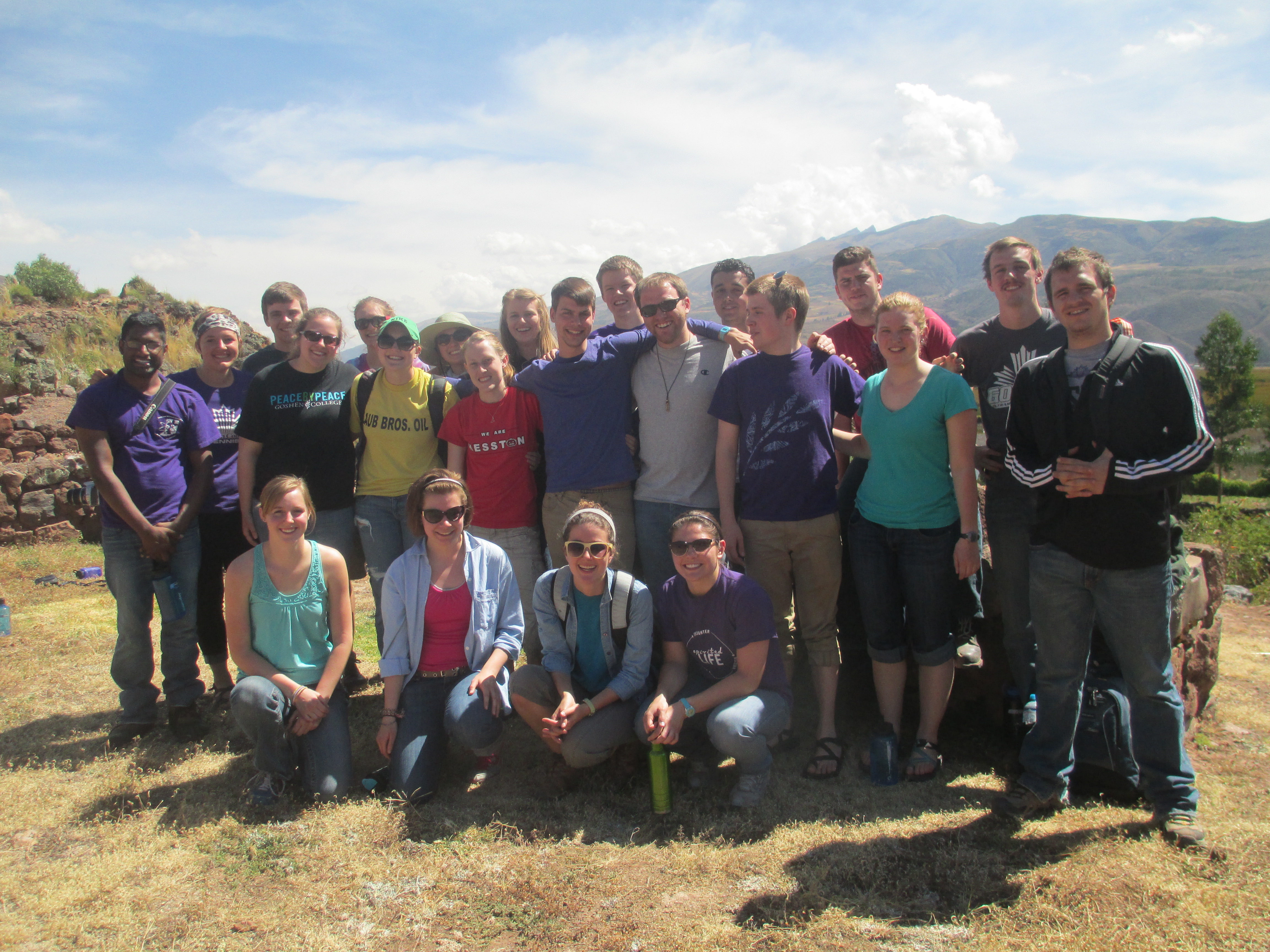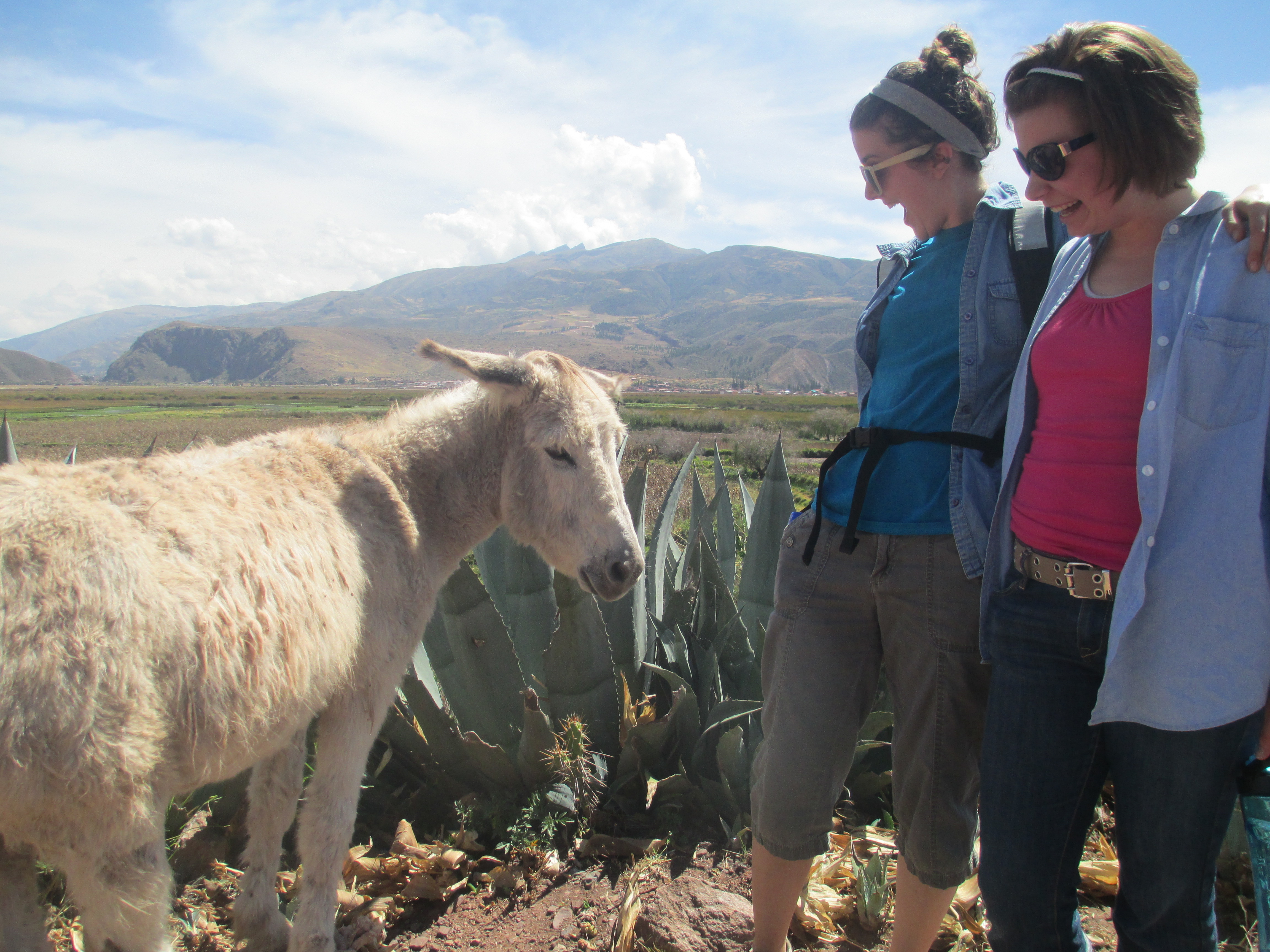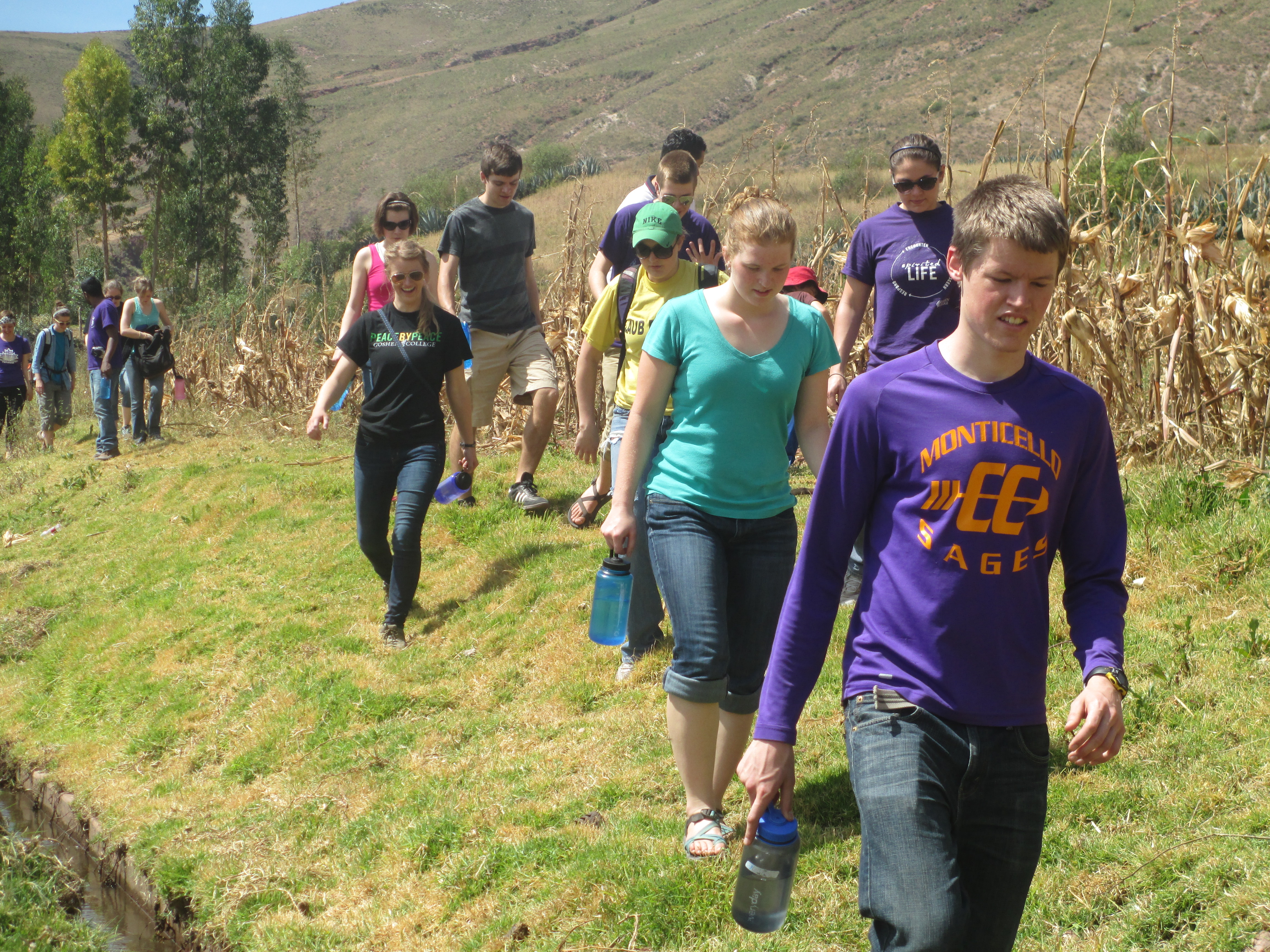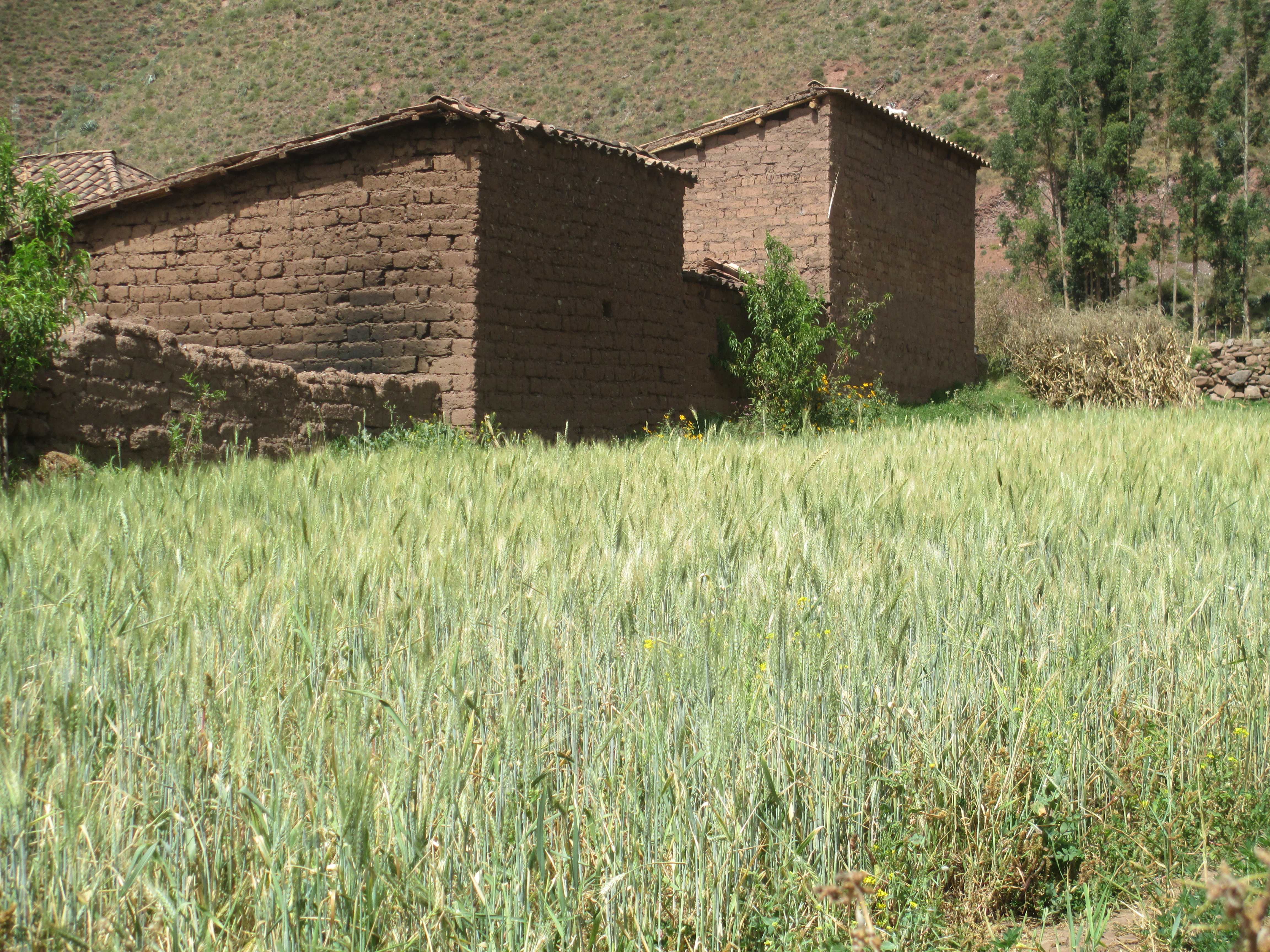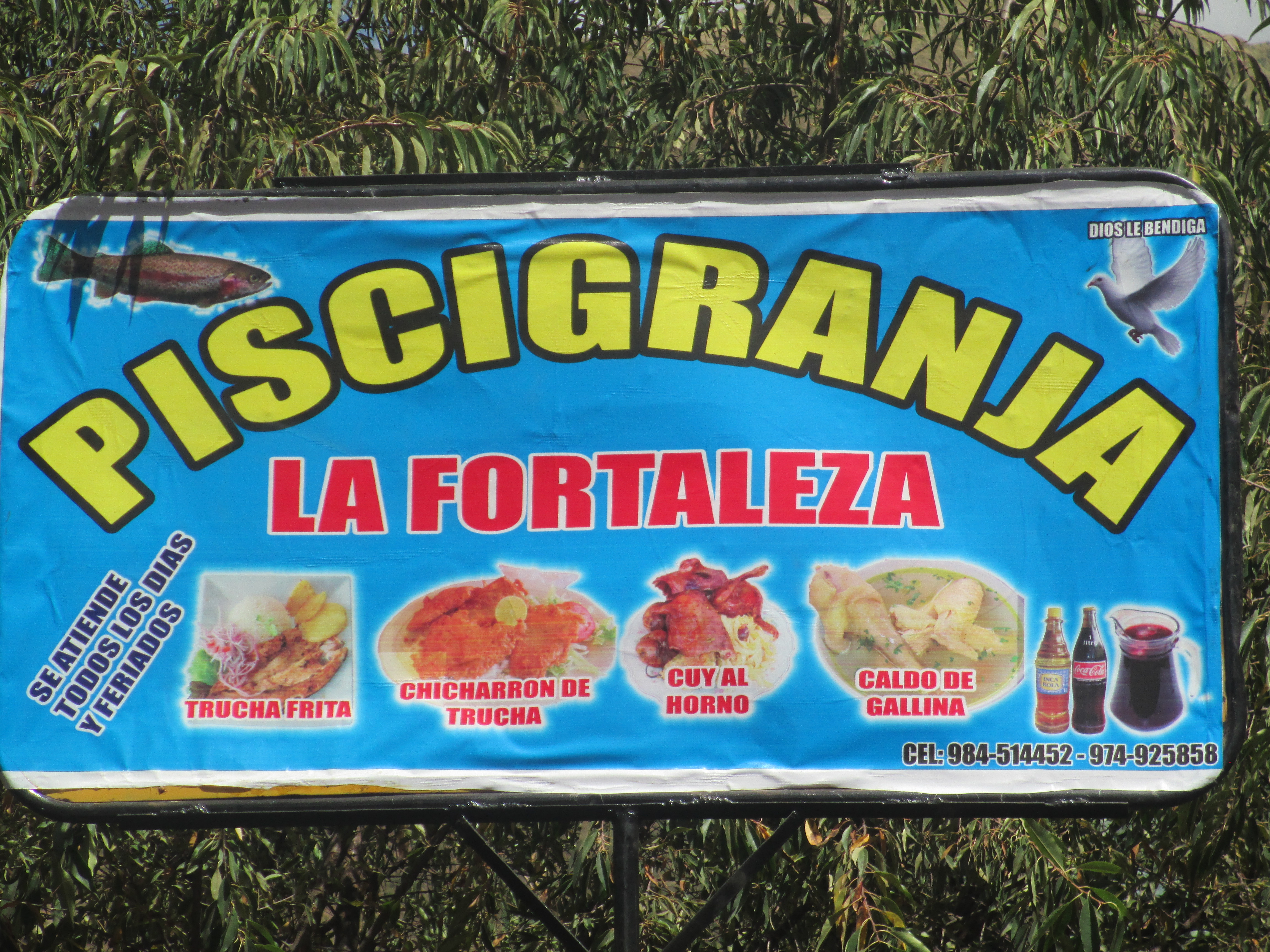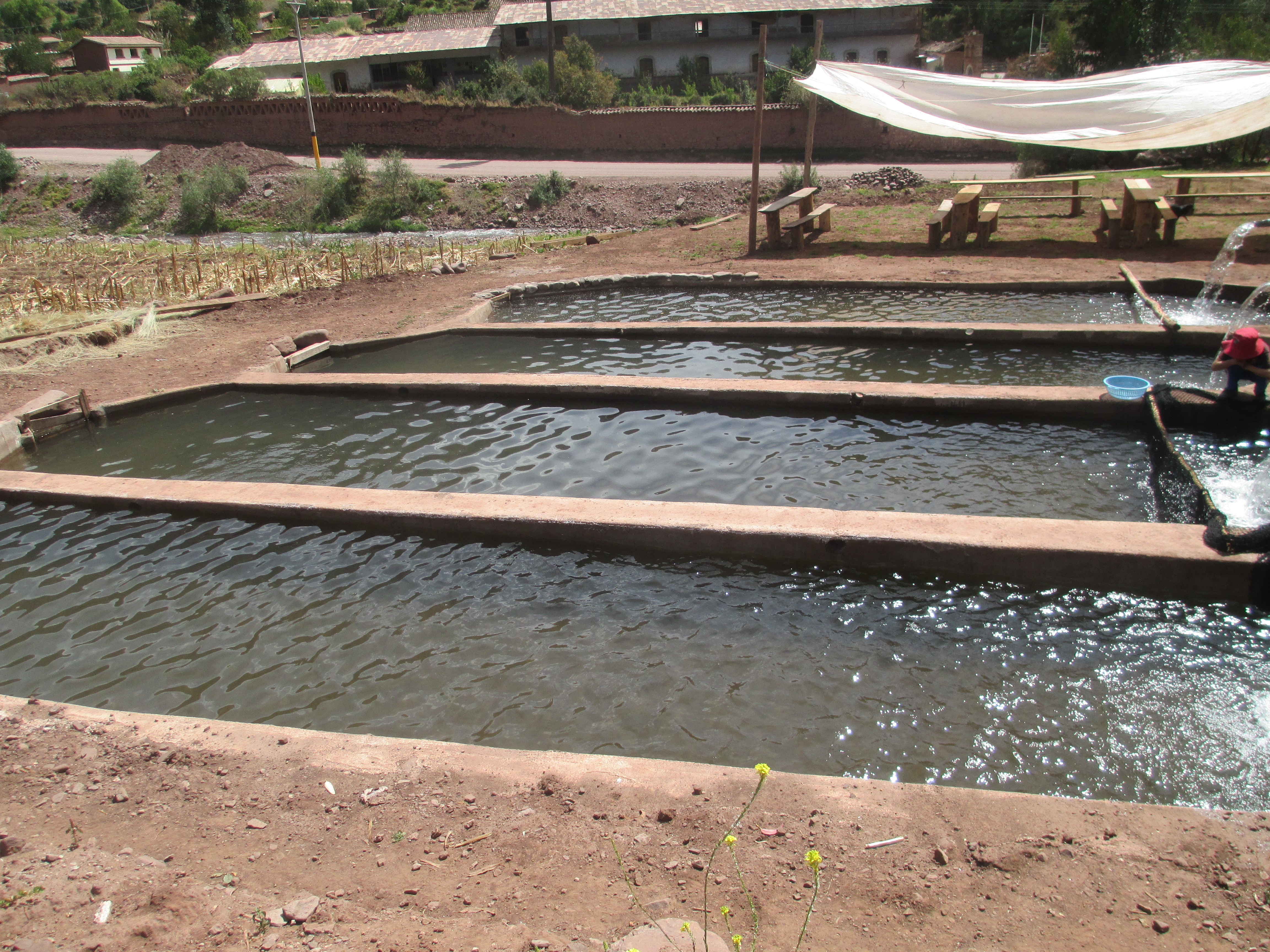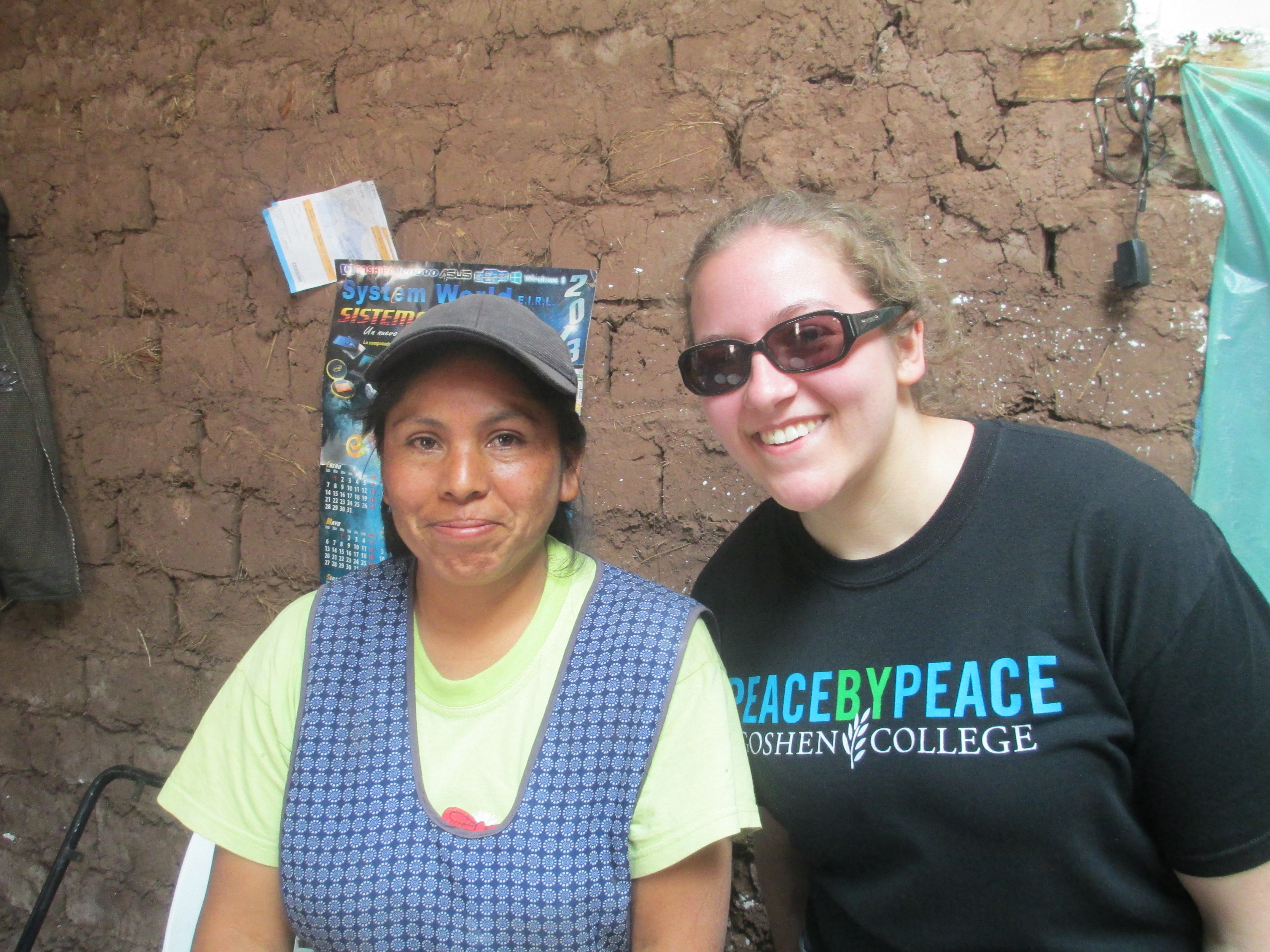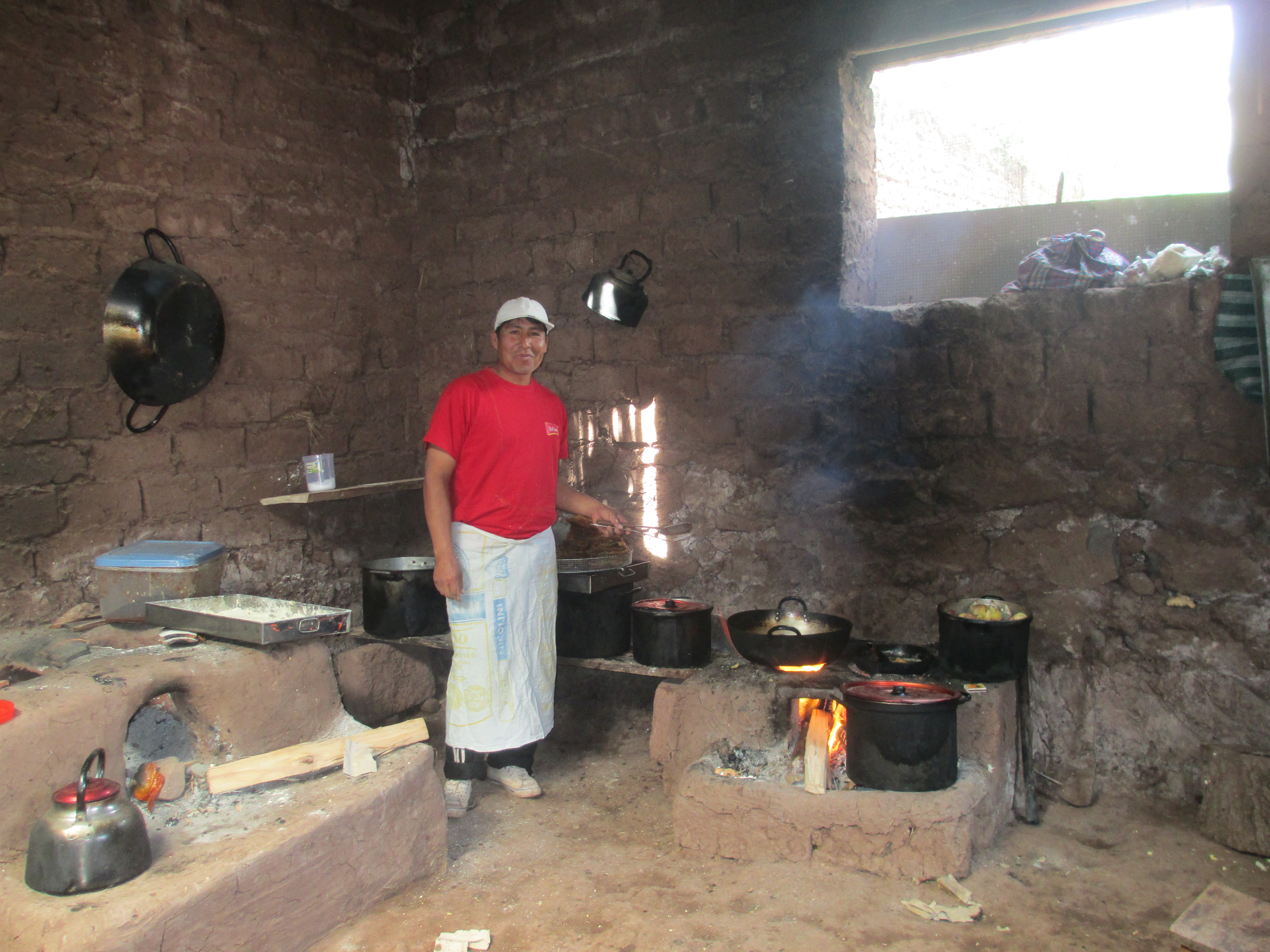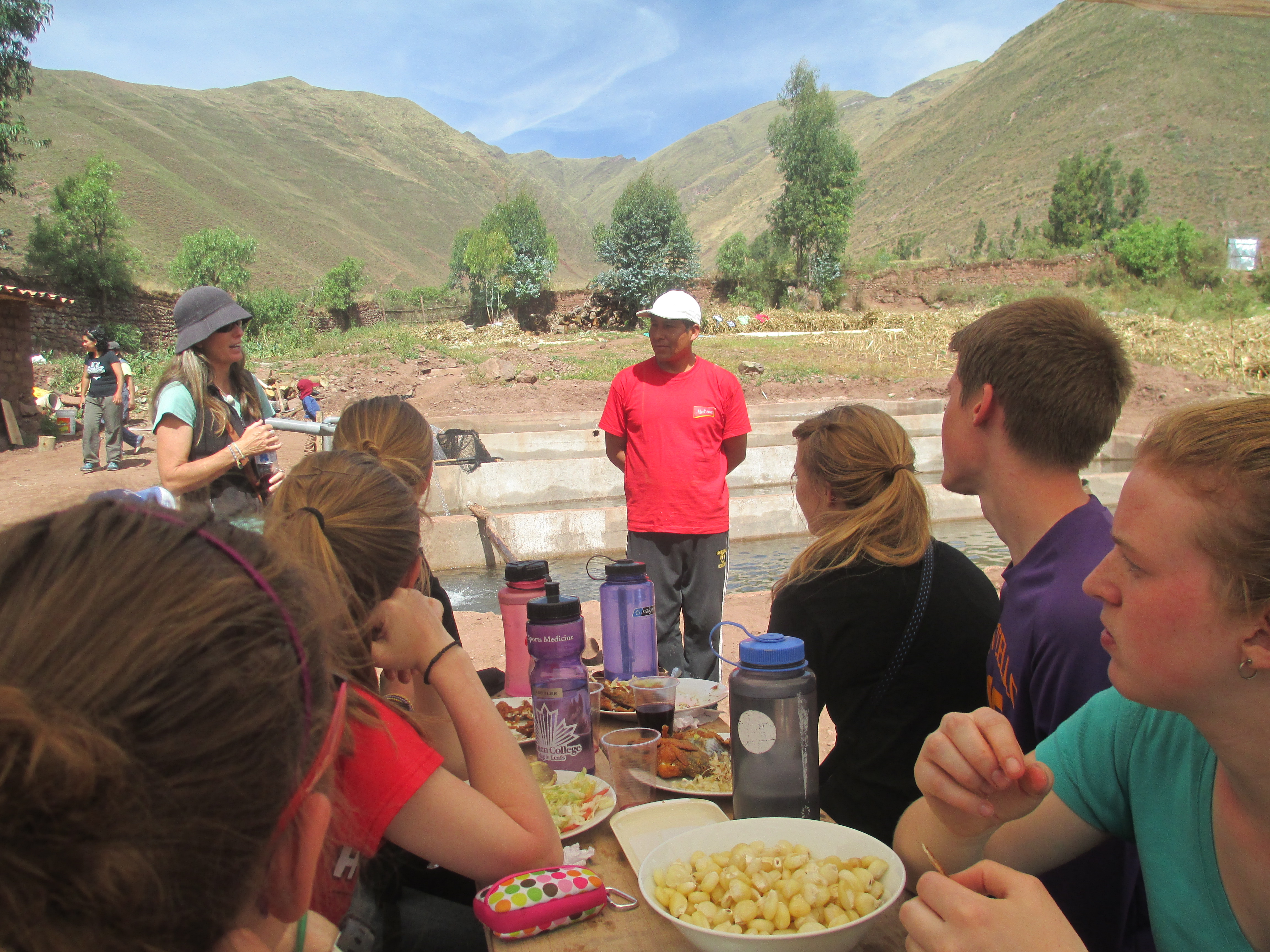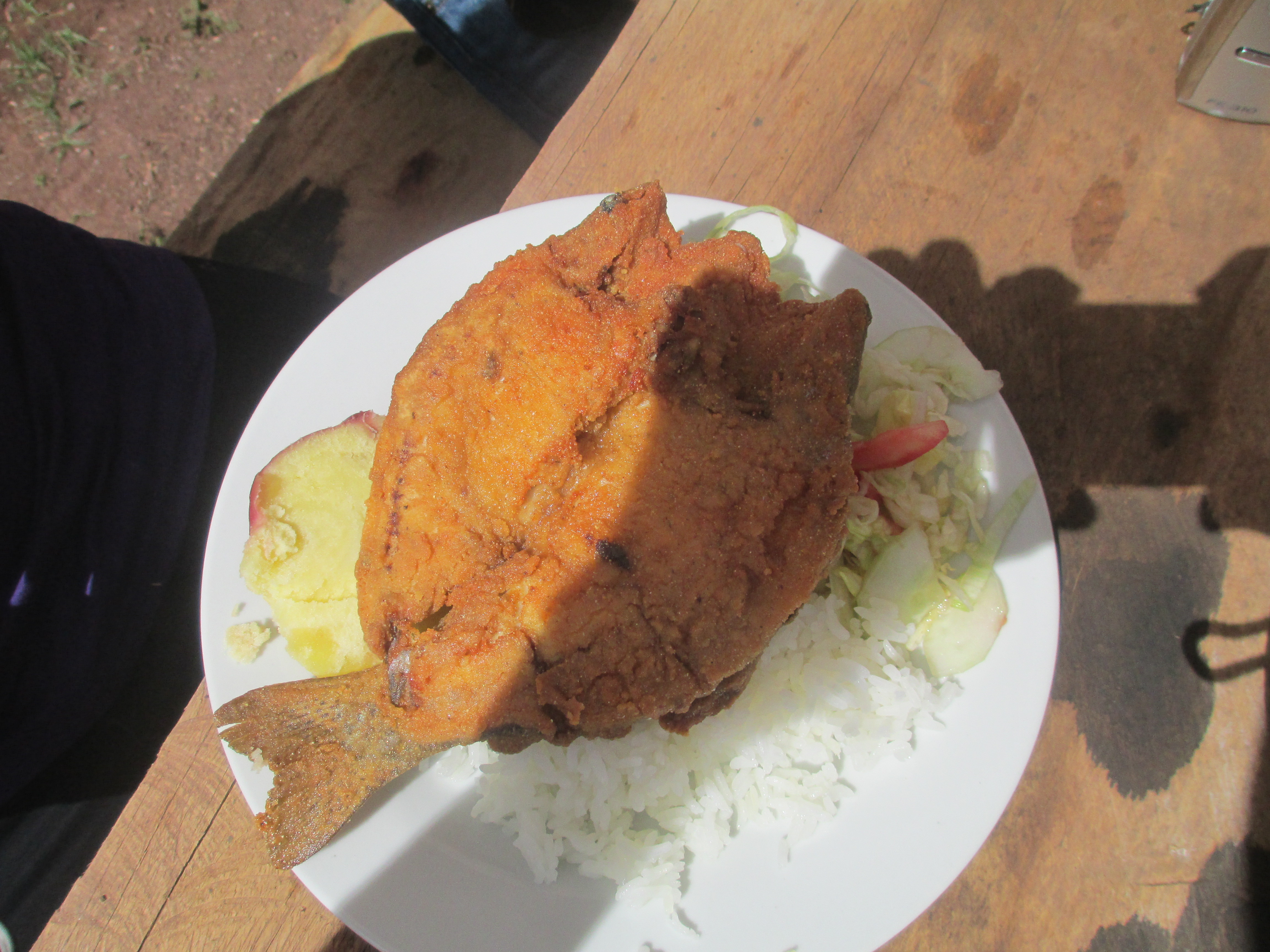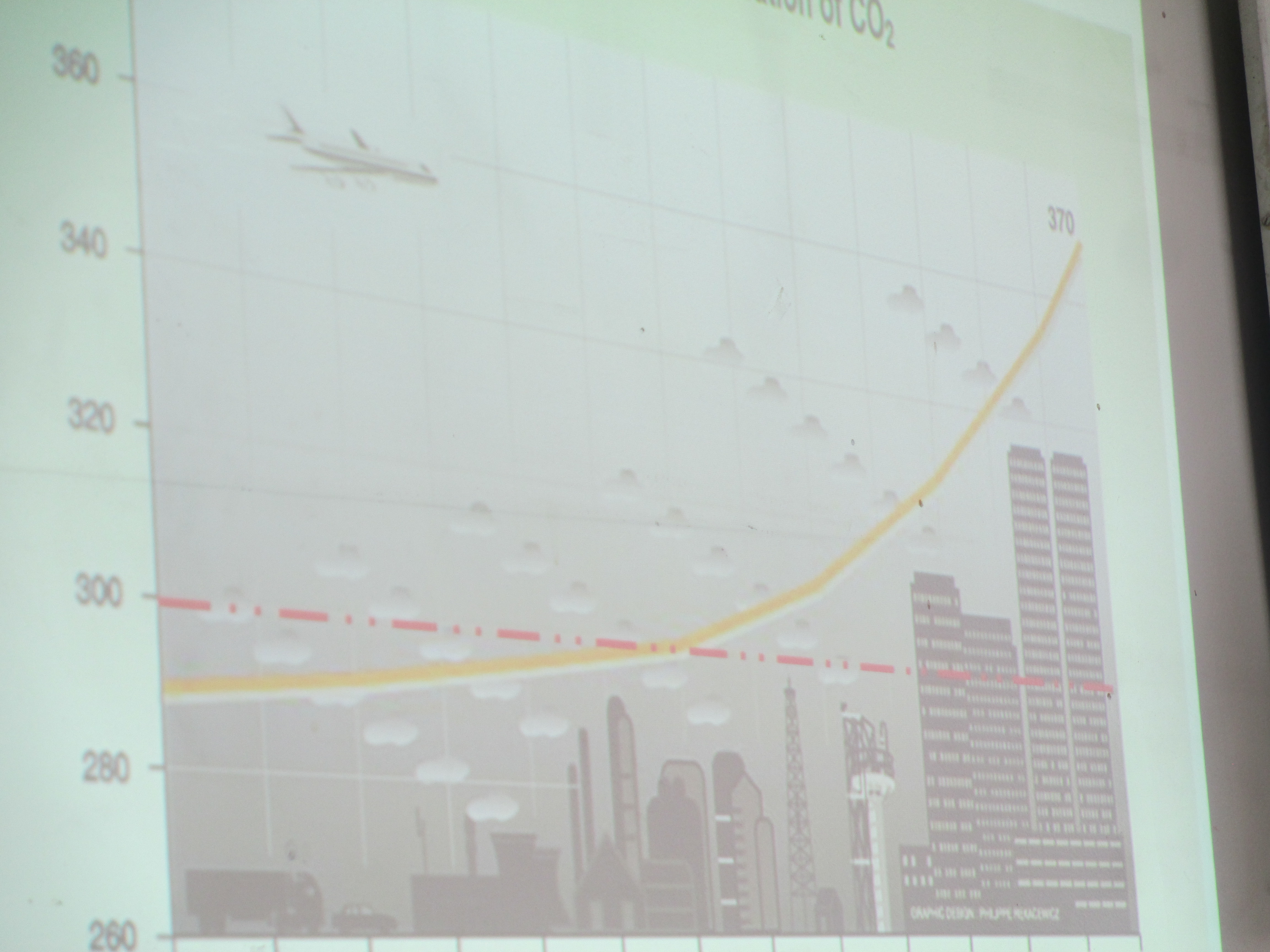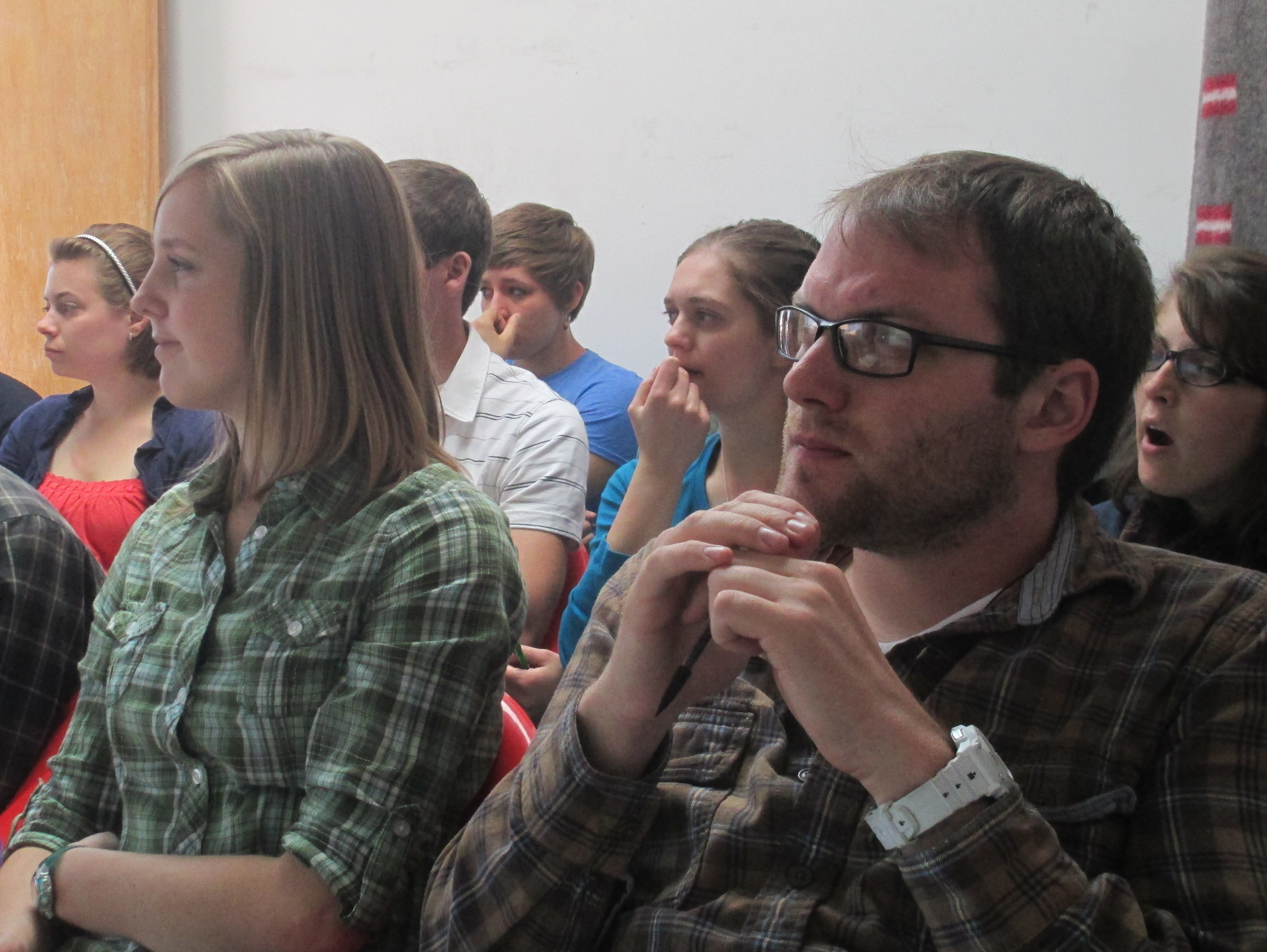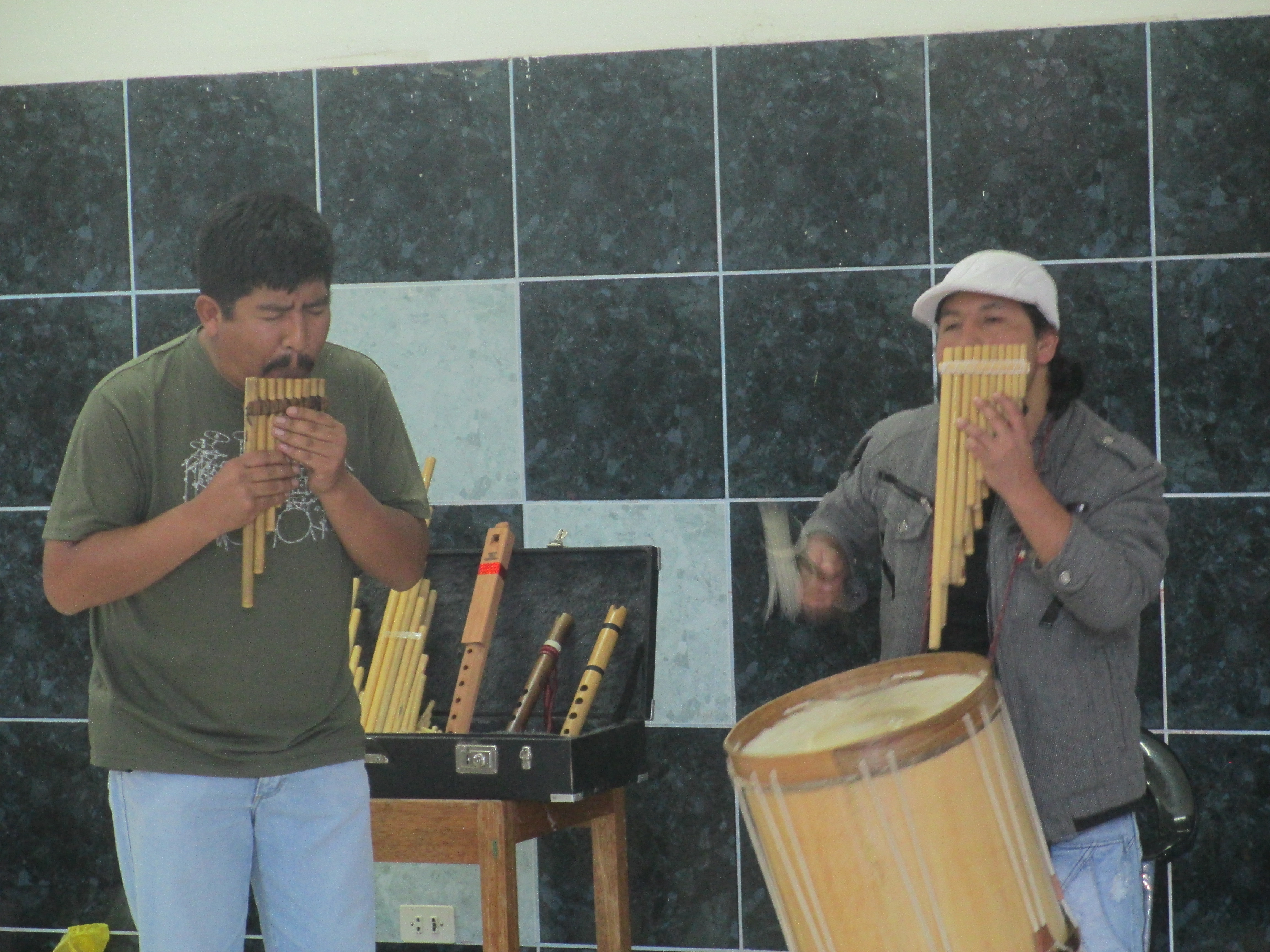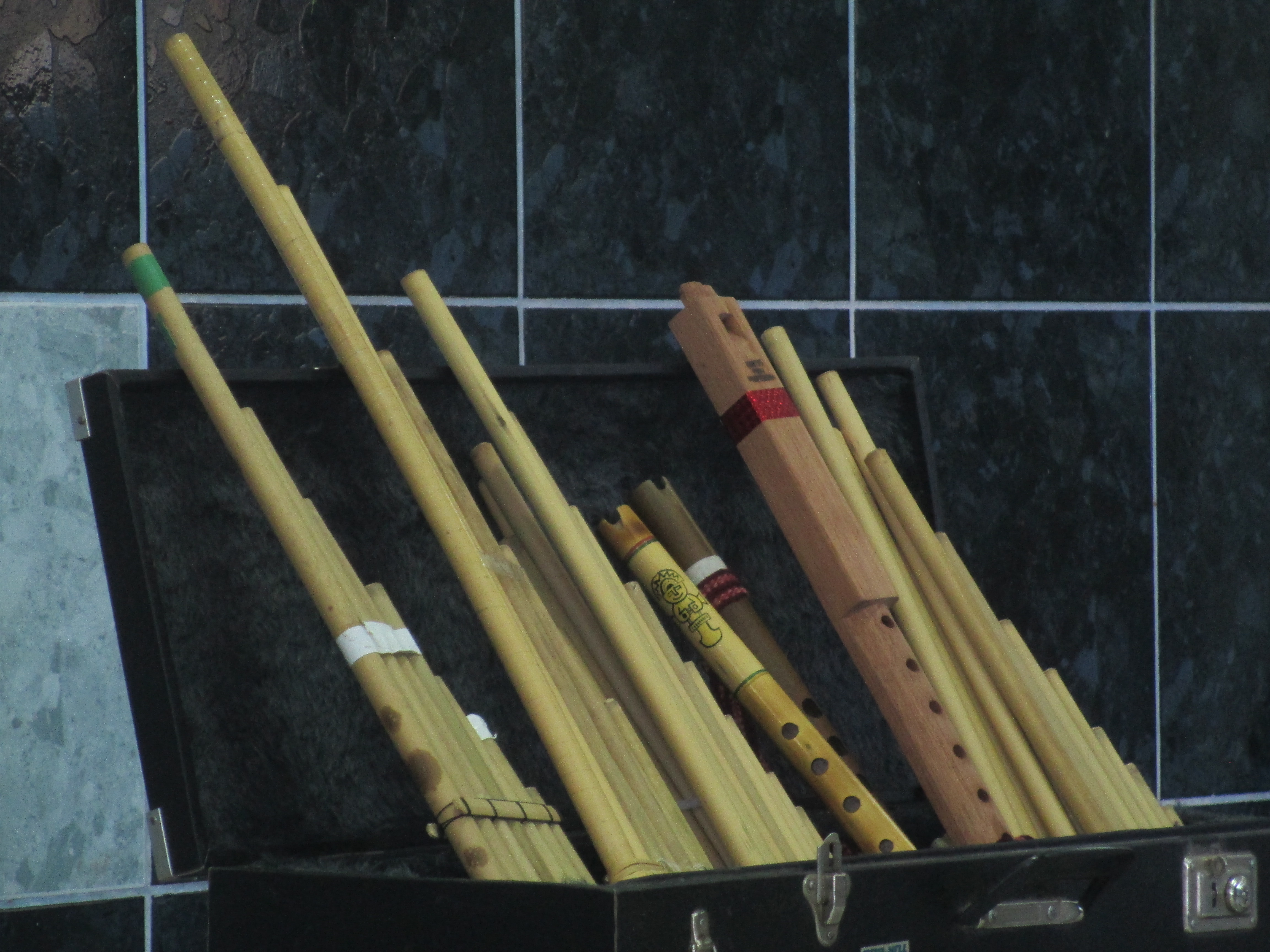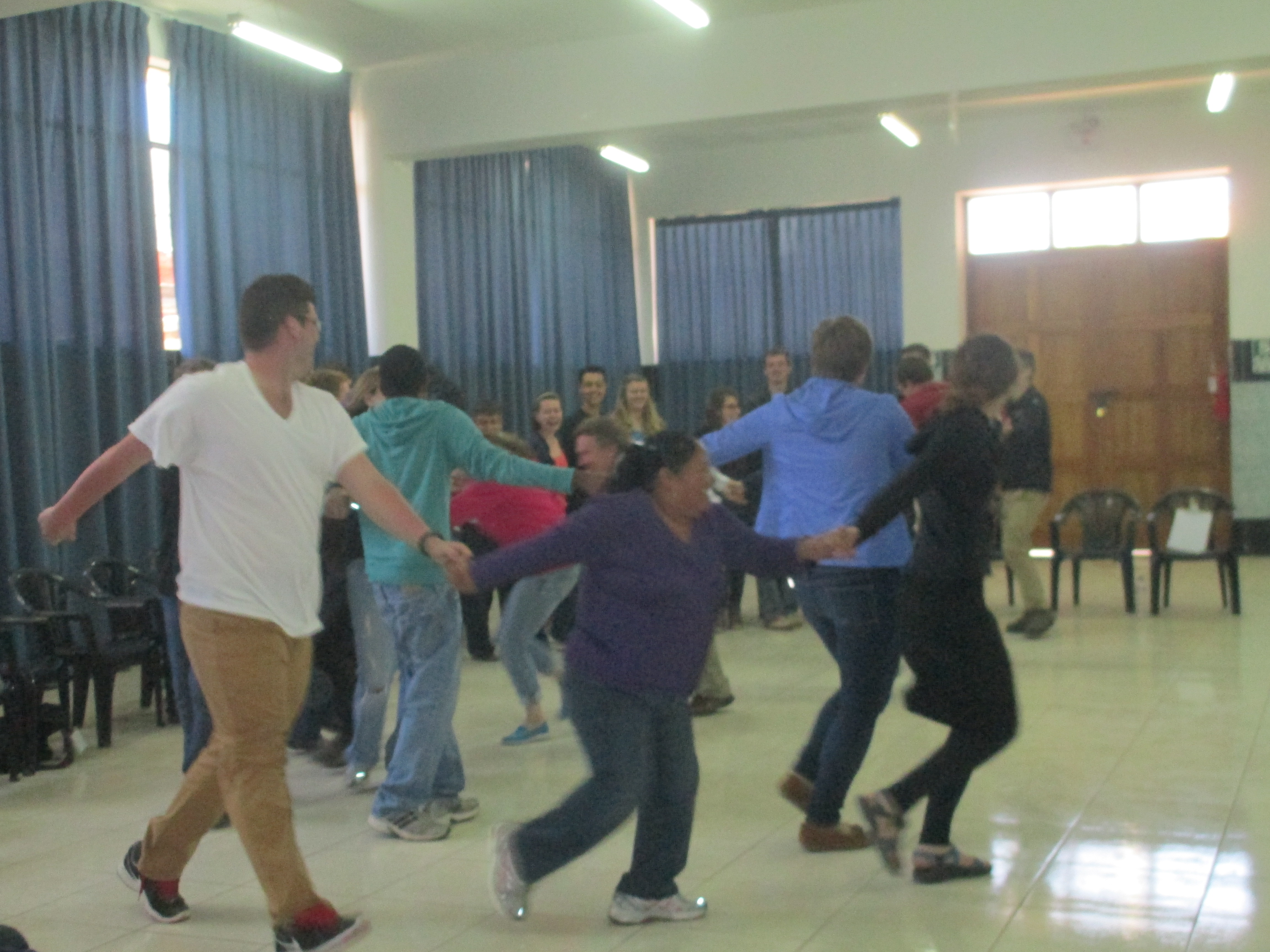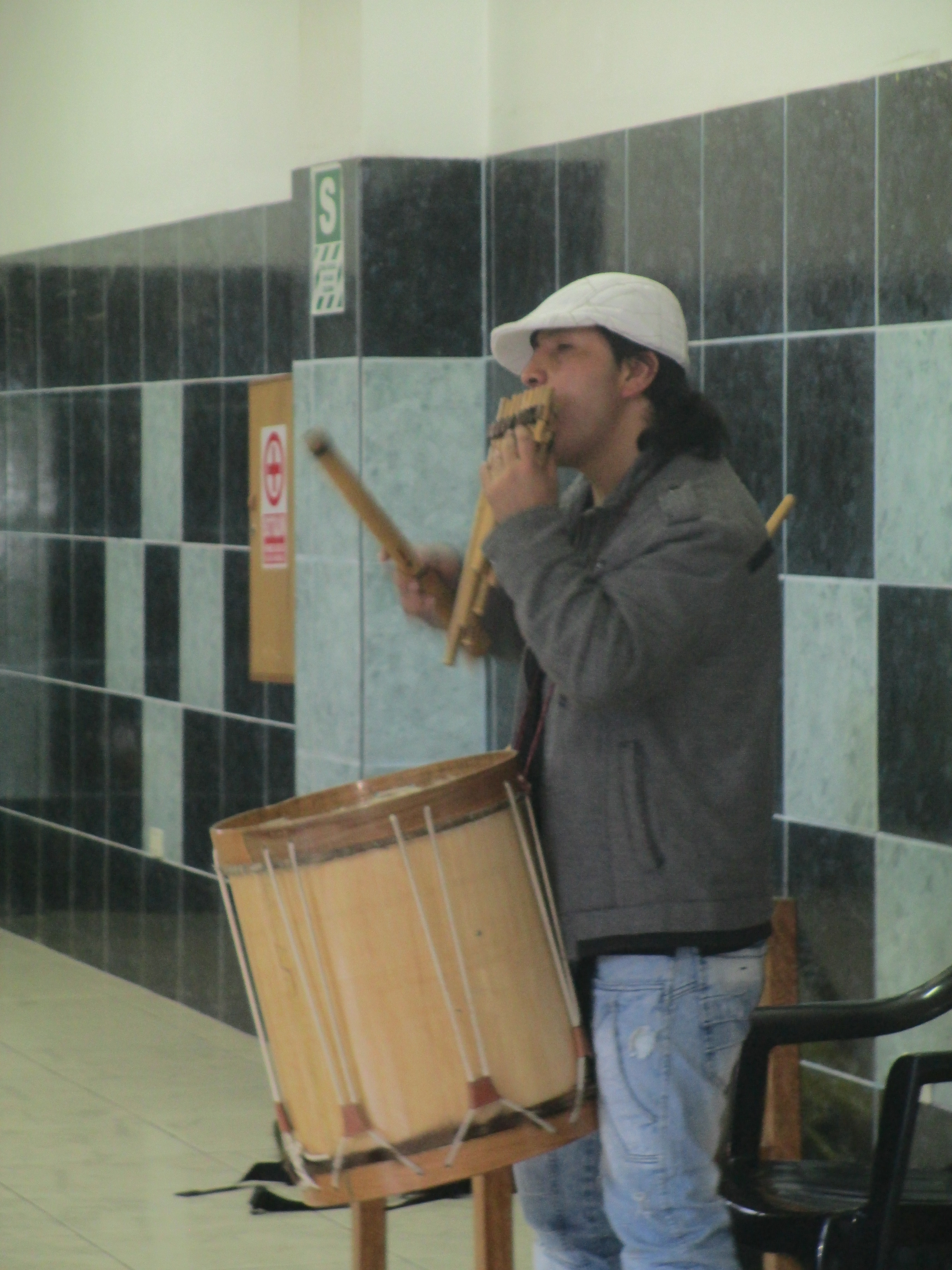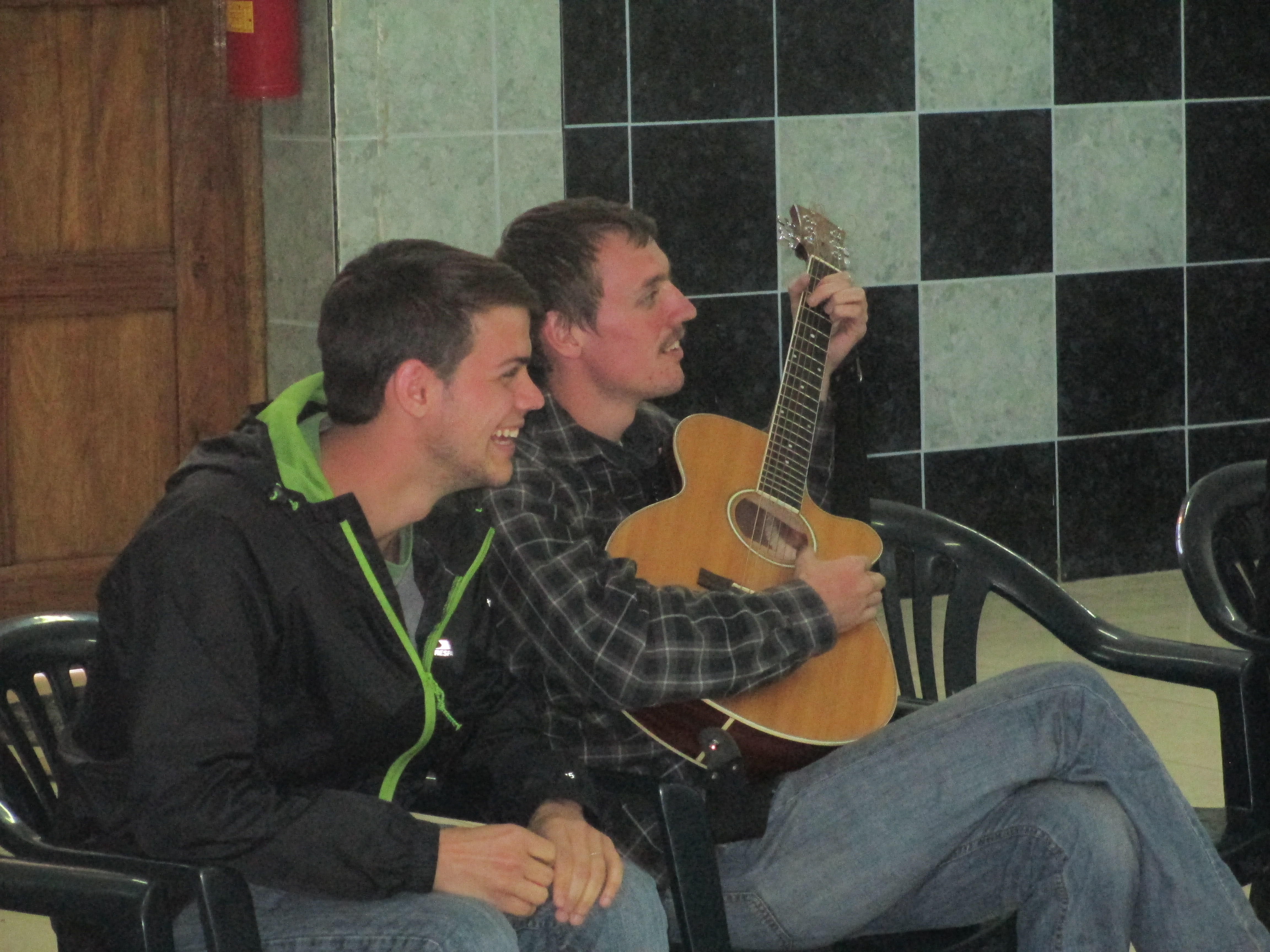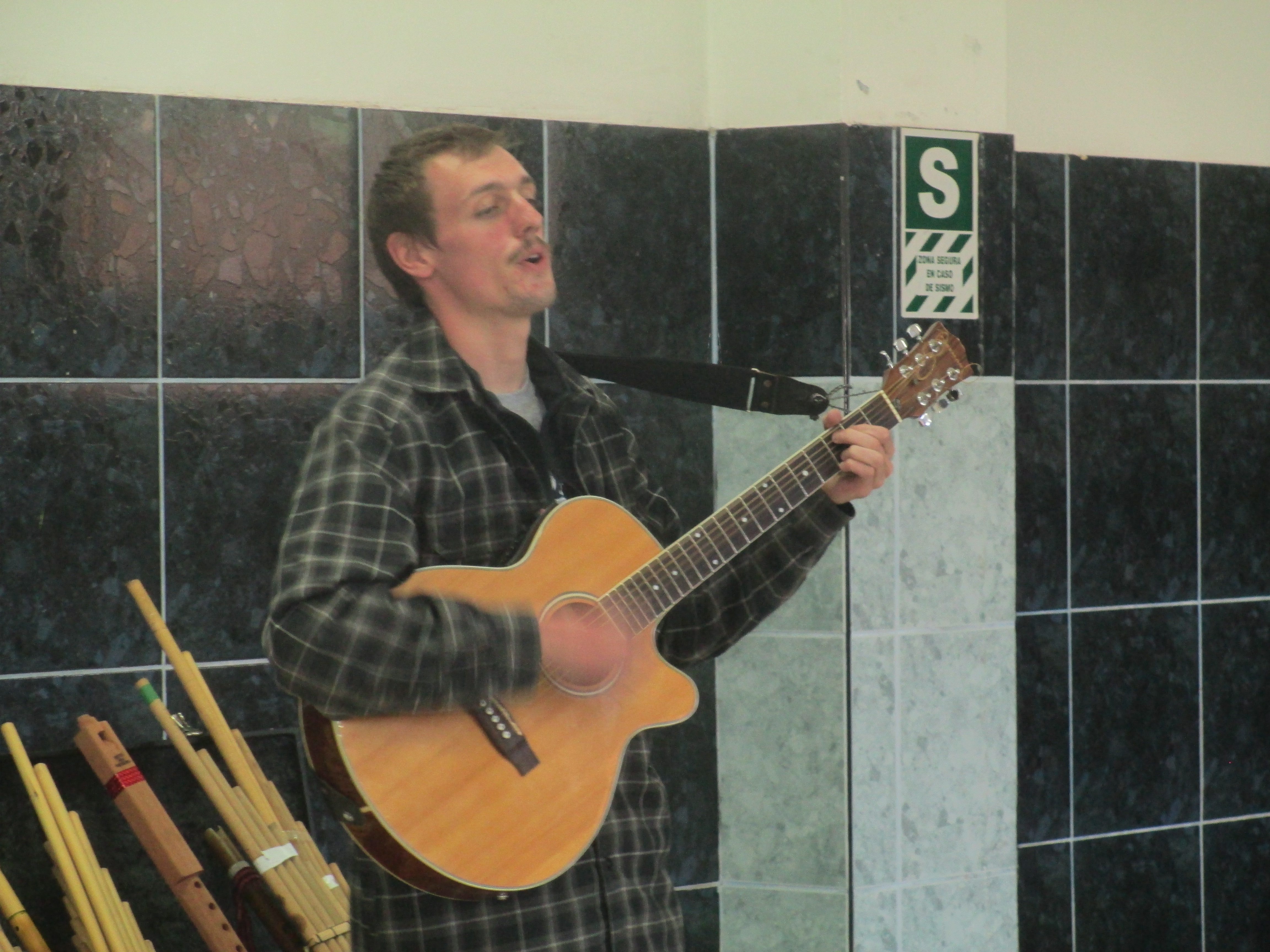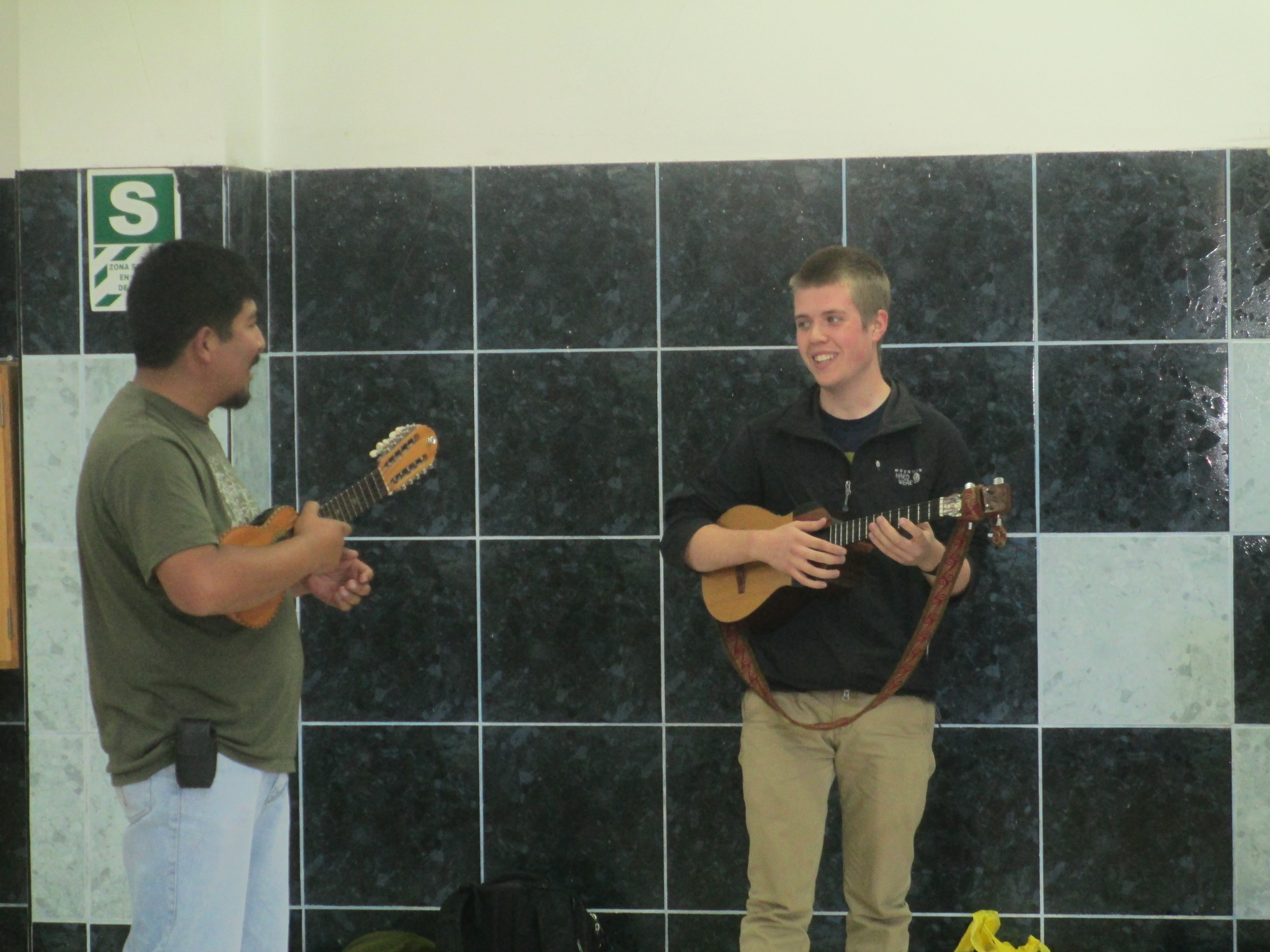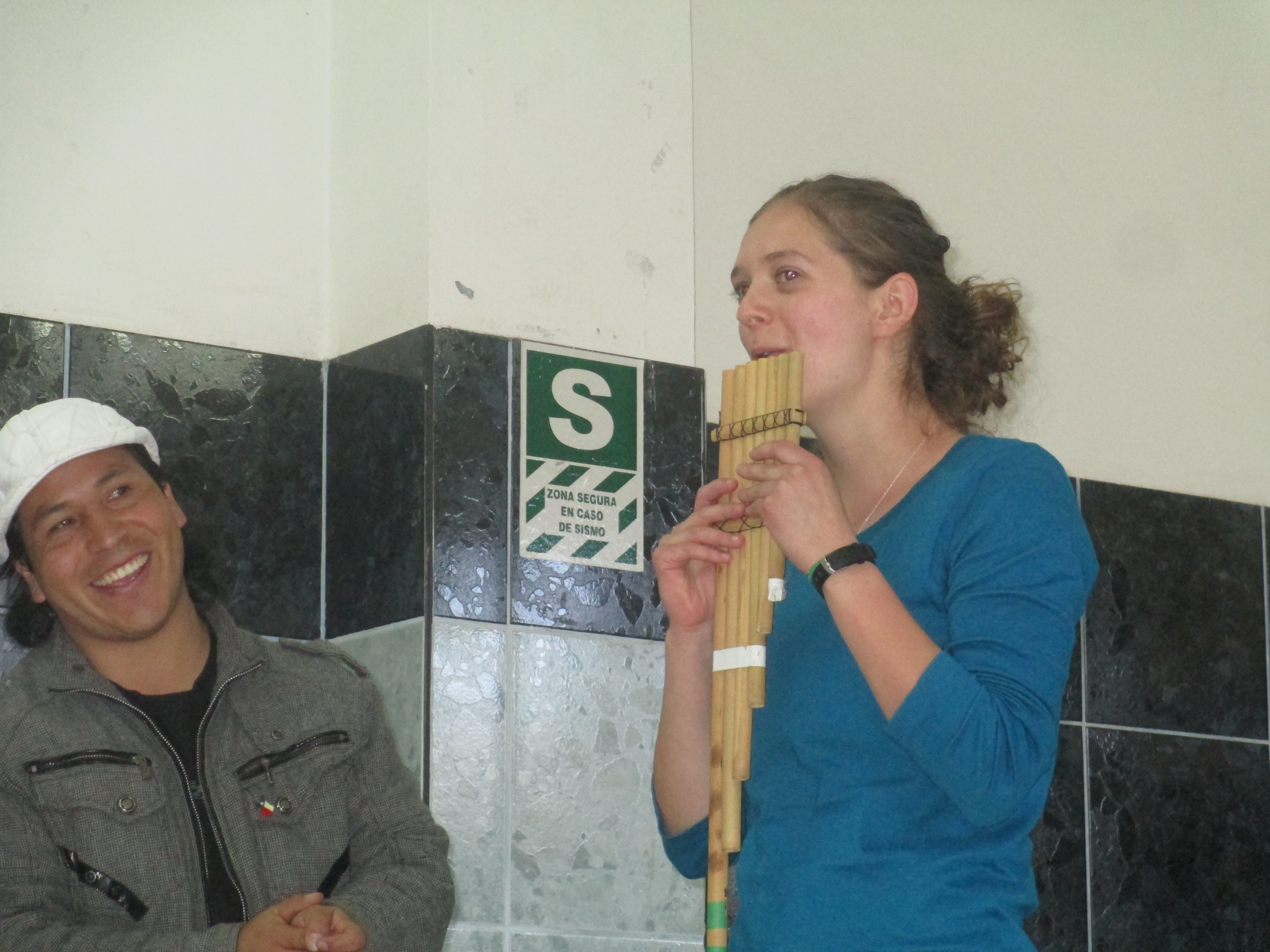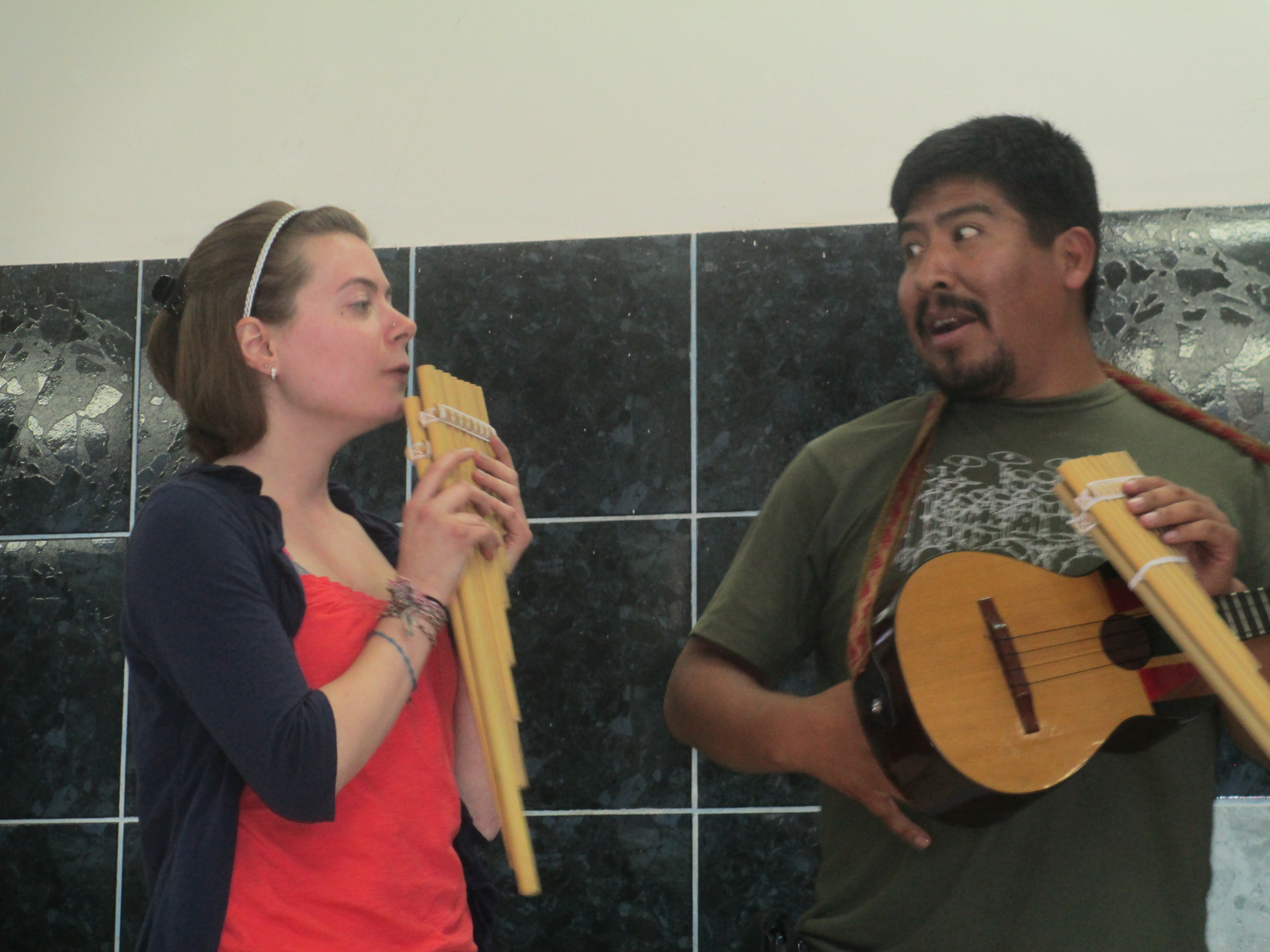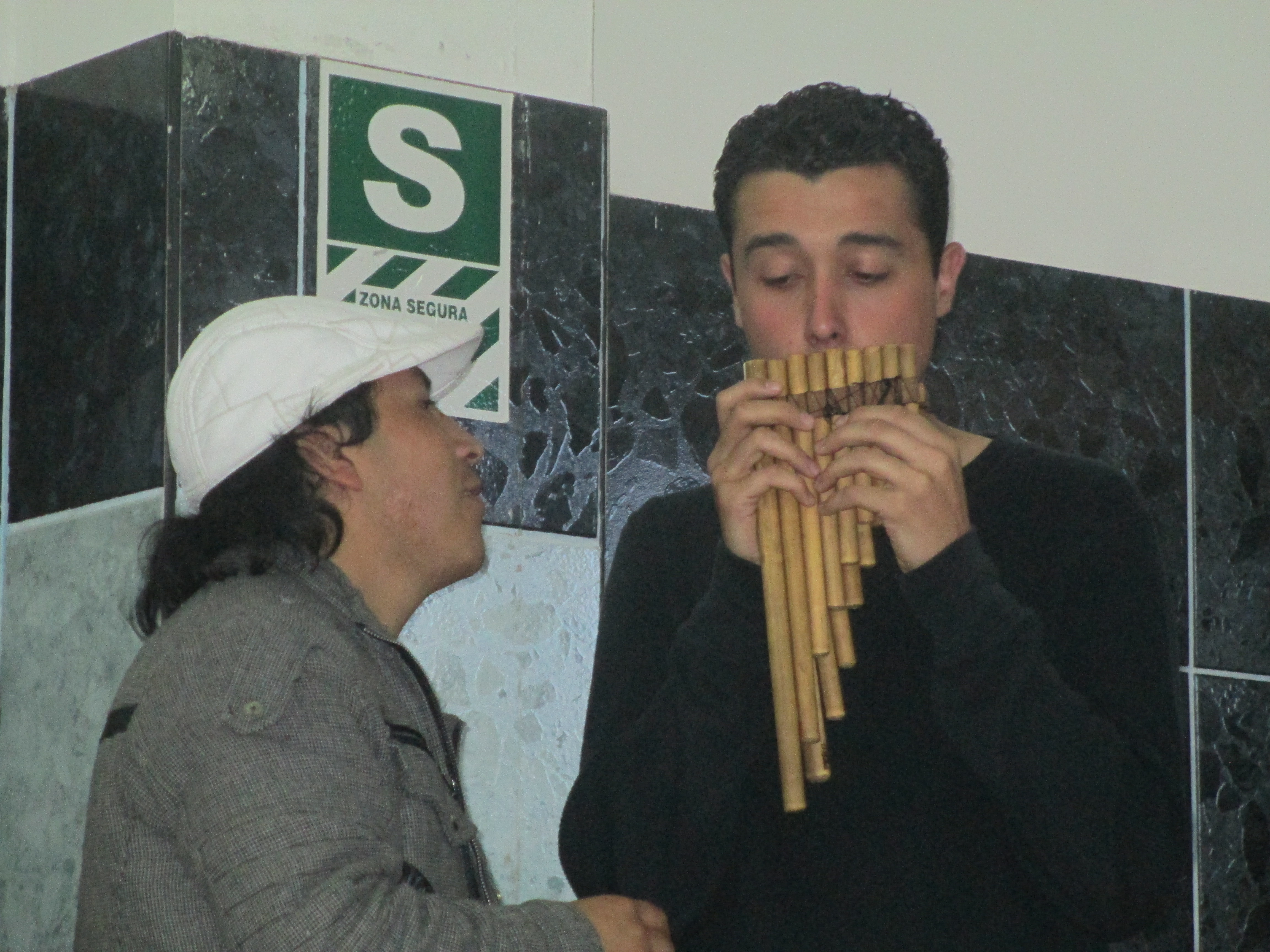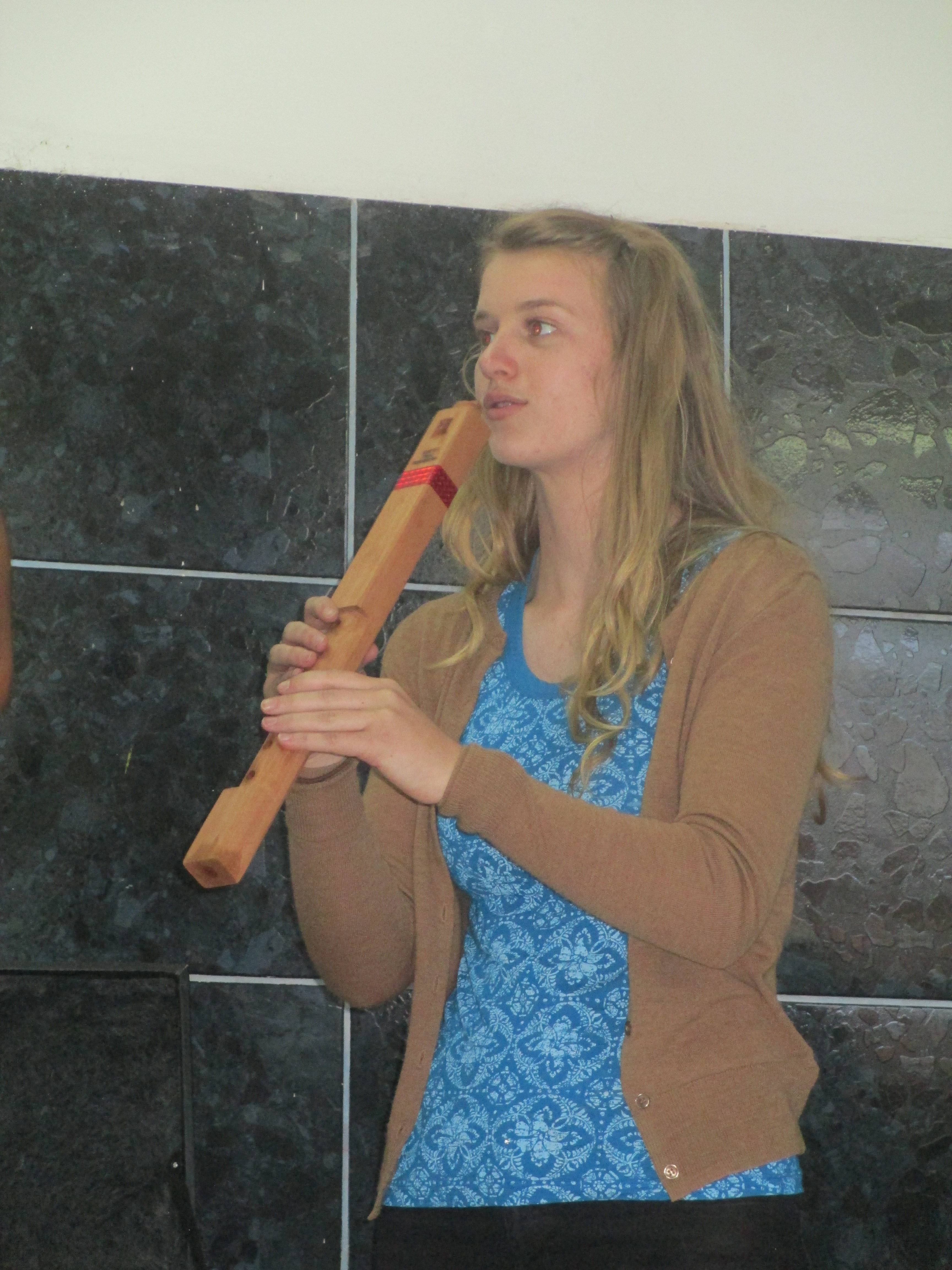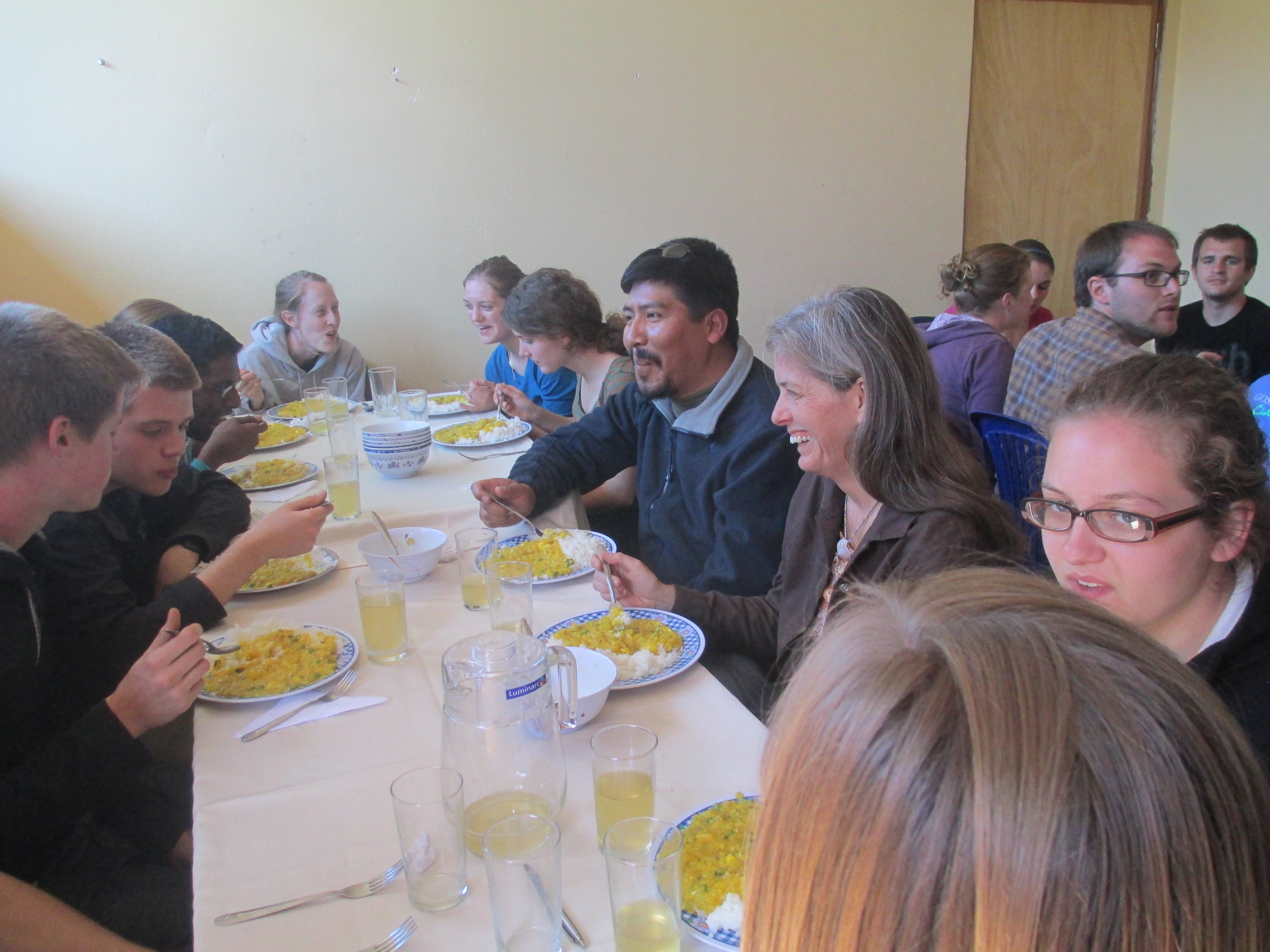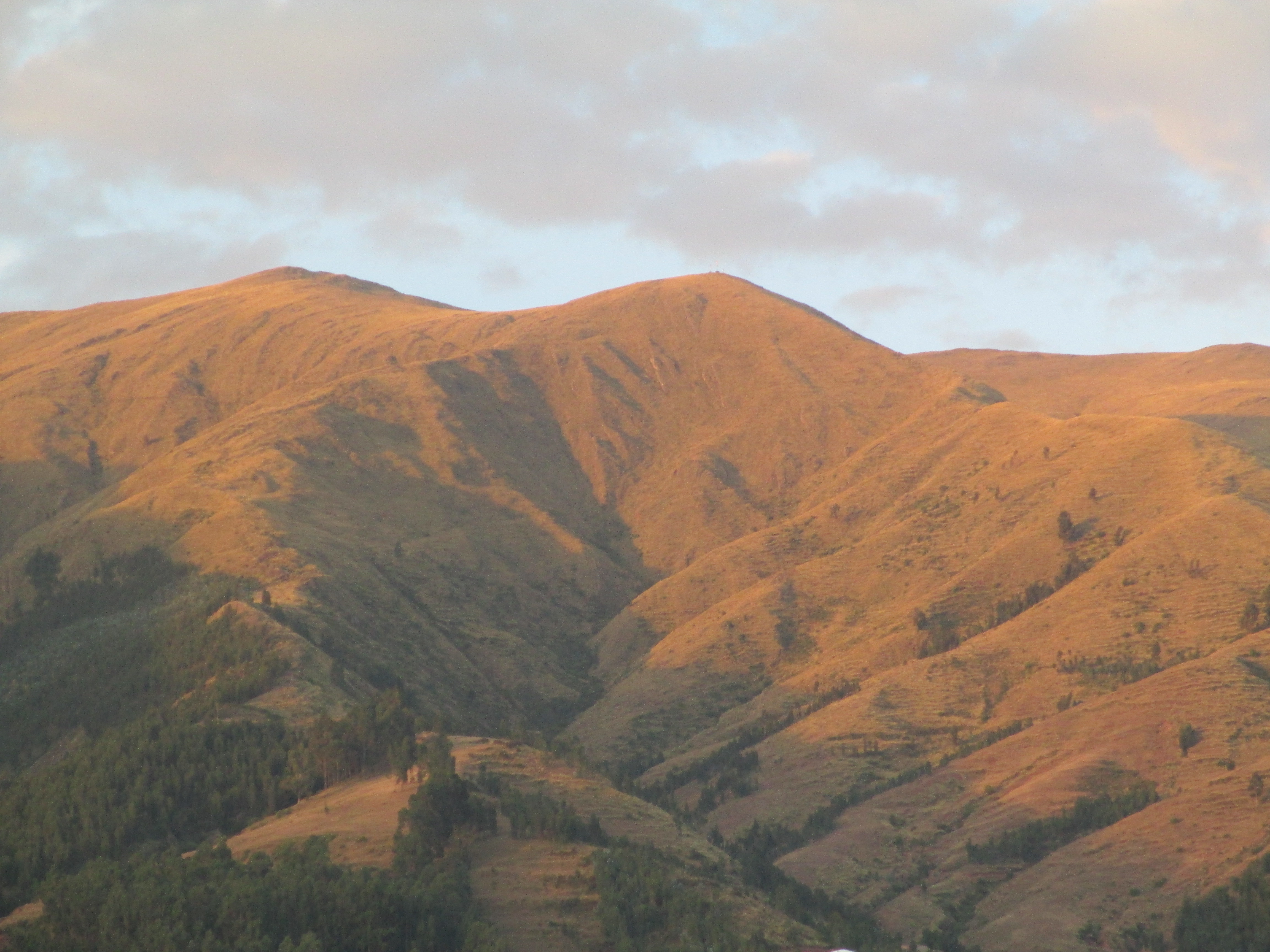Learning: Inside and Outside
We began our first week of study with a colloquium presentation on income and poverty in Peru — how poor is this country relative to the U.S.? We discovered that the average income is about five times higher in the U.S. when the difference in cost of living is accounted for. But Peru’s average income is growing about three times faster and the poverty rate is falling quickly. And compared to other SST countries (e.g. Nicaragua, Cambodia), income is several times higher and much less equally distributed. There is tremendous wealth concentrated in the capital of Lima, much of it generated by the mining of gold, silver, copper and other minerals in the Peruvian highlands.
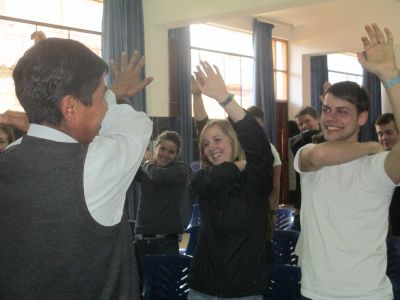
Next came a workshop on the topic of domestic violence by Cirilo Aguilar from the Ministry of Women and Vulnerable Populations. According to the statistics he presented, 41% of Peruvian women are victims of violence perpetrated by their spouses or partners. The figure is 28% in the U.S. Mr. Aguilar discussed the reasons why domestic violence is so prevalent, and the responses of the women who are victims. He cited a culture of machismo as one of the primary factors and suggested ways to bring about change. We followed his presentation with a lunch of lomo saltado (stir-fried beef with onions, tomatoes and french fries) and the students spent the rest of the day in their Spanish classes.
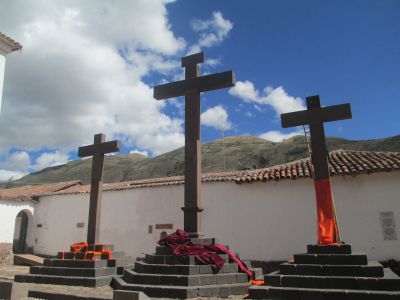
The next day we visited a well-known Catholic Church in the town of Andahuaylillas. The ornate painting on both the walls and ceiling of this 17th century building are comparable to churches in Rome and other parts of Europe. The church is often referred to as The Cistine Chapel of America. Our guide, Abraham, explained the concept of syncretism, the blending of Catholicism with Andean religious customs and practices. One fine example we noted is a painting of the Virgin Mary, depicted in the shape of a mountain with a halo shaped like the sun over her head. To the Andean people, mountains (known as Apus) were protectors and the sun (known as Inti) was a god. Placing these powerful symbols into Catholic iconography made the new religion from Europe easier to accept and led to a particularly Andean form of Catholicism in this part of the world.
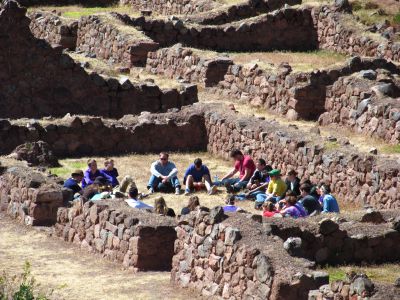
On the following day we gathered near Huacarpay Lake for Goshen Tambo, a weekly break from our academic routine. We listened to a story from the Old Testament about several prophets and then reflected on the role of the prophetic voice in today’s society. Our setting was a complex of Wari ruins dating back to 900 years before Christ — it was profound to sit among ancient walls and buildings that were constructed at about the same time the words of the Old Testament prophets were uttered. We followed our discussion with a hike to nearby Lucre, taking back roads and trails that have been used for hundreds, perhaps thousands, of years. There we dined on trout raised in ponds fed by a mountain stream.
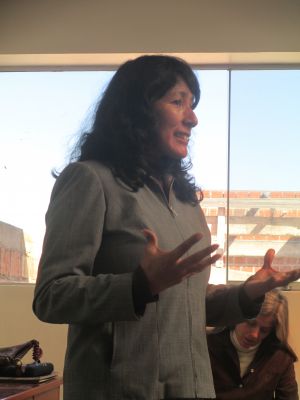
We returned to the classroom the following day for a lecture on climate change by Gladys Allende, a professor at San Antonio de Abad University, the second oldest university in Peru. Professor Allende described both the reasons for a changing climate and the local impacts here in the Andes mountains. The rainy season brings as much water as ever but has been shortened by several months, leading to flooding in the cities and erosion in the countryside. Glaciers are melting and rivers are running lower during the dry season. Agricultural productivity has fallen. Insects from lower elevation areas are becoming common at higher elevations, leading to crop loss and the spread of diseases like dengue fever and malaria in areas where these were once unknown. Efforts are being made to adapt to these changes but more help is needed.
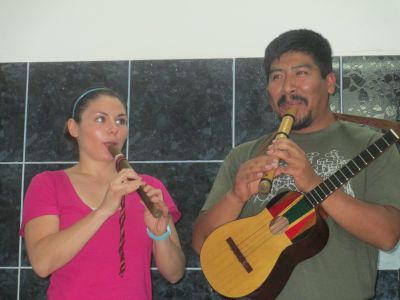
Two musicians, Amaru Megia Suniga and Mauro Claros Chatas, brought a variety of native instruments to their workshop on Andean music. These included the quena (flute), zampona (pan flute) and bonbo (drum). They played each of them for us, illustrating the changes that have occurred as Andean music evolved from wind instruments and a pentatonic (five-note) scale to a blending of winds and strings and a full seven-note scale. Amaru and Mauro are talented musicians and born entertainers, and at some point we all got up to dance as they played a traditional Huayno.
